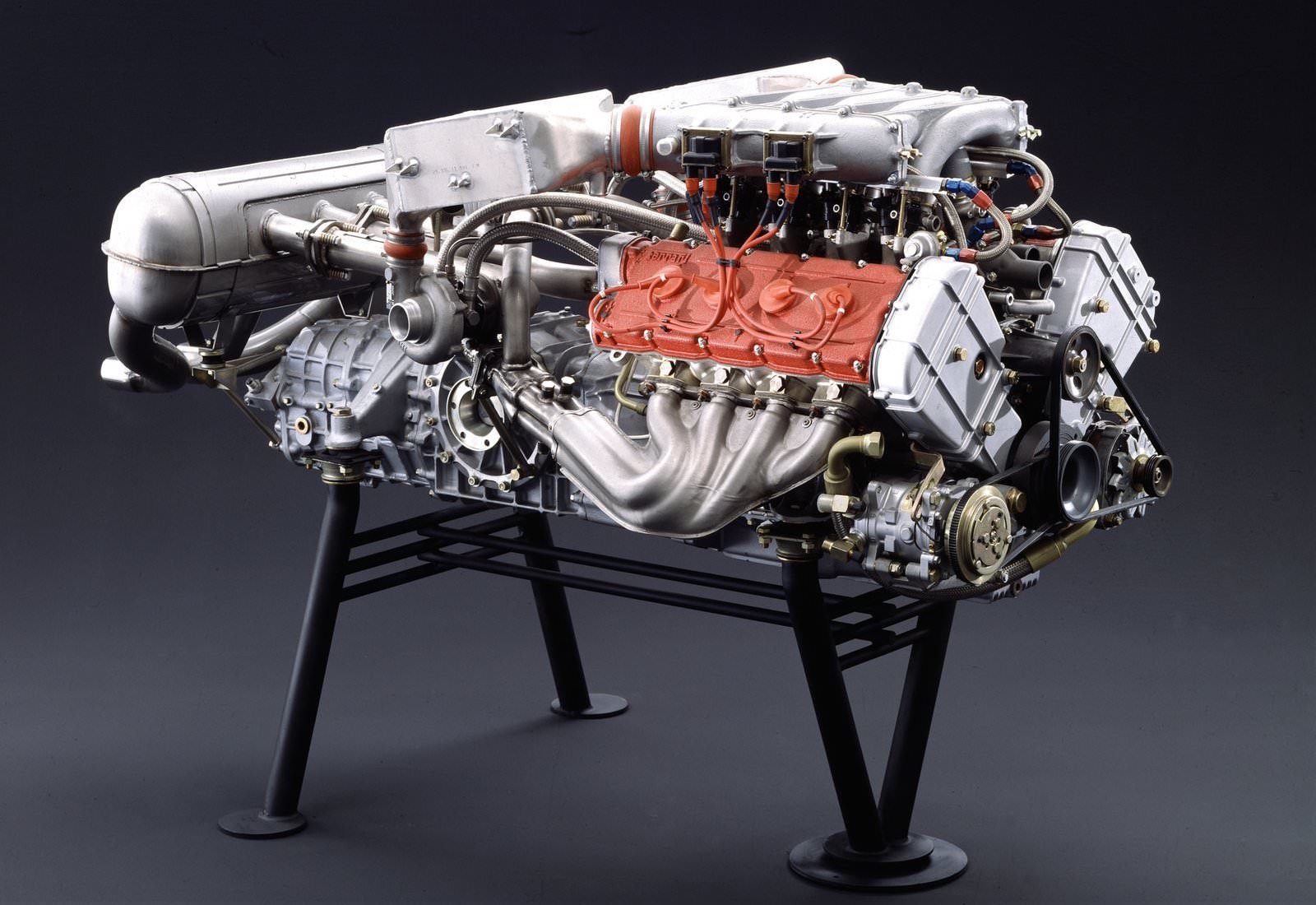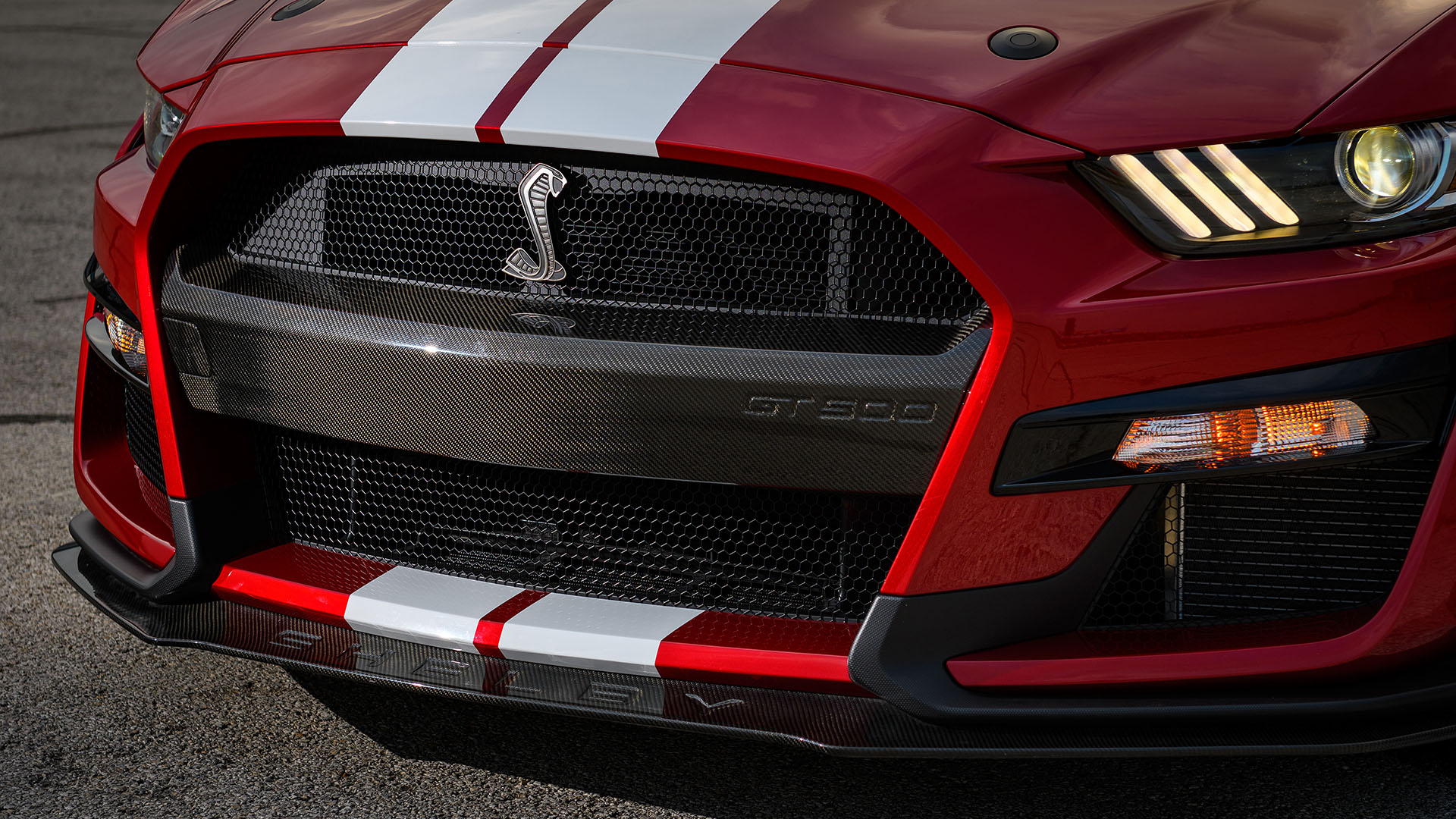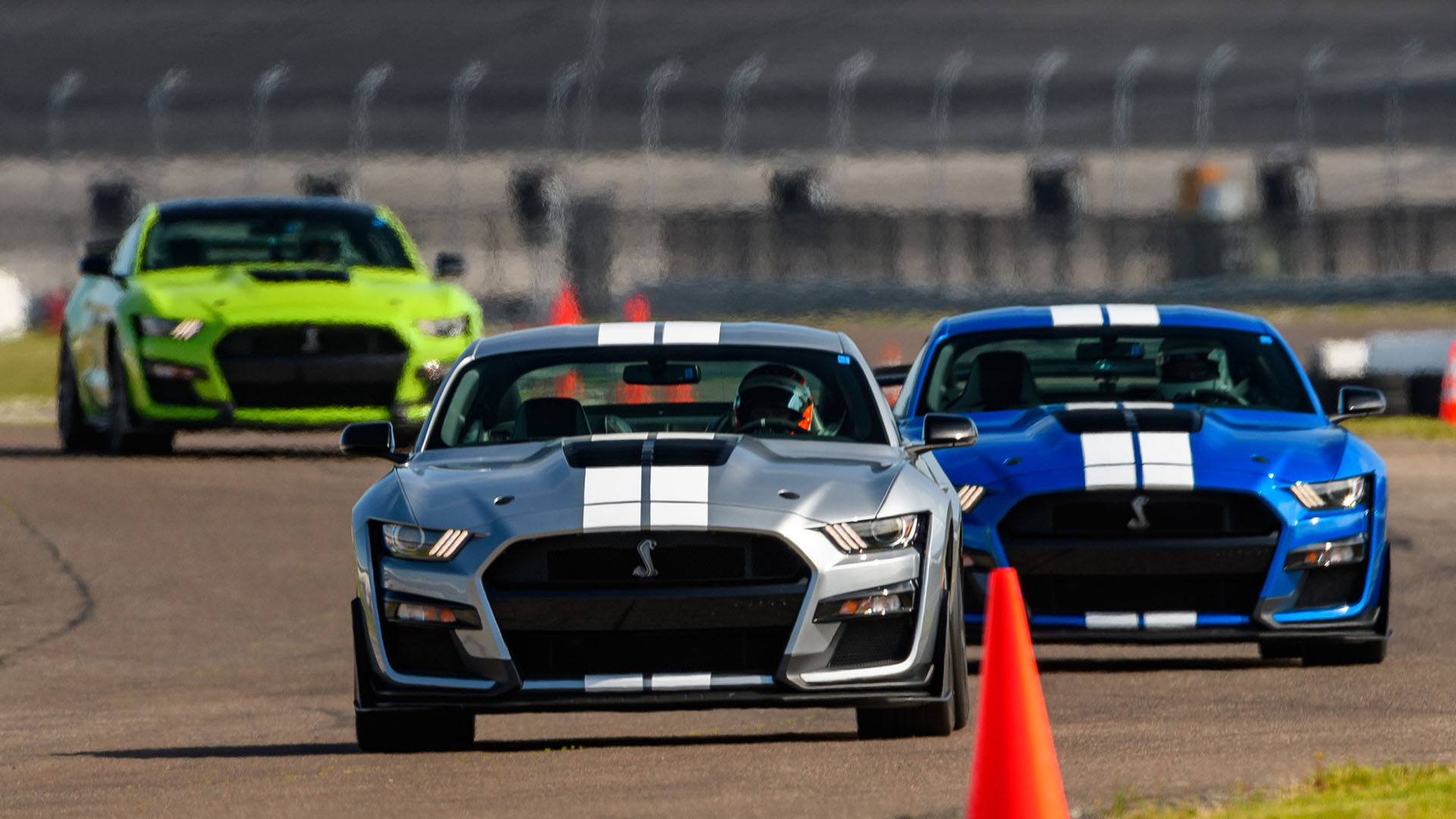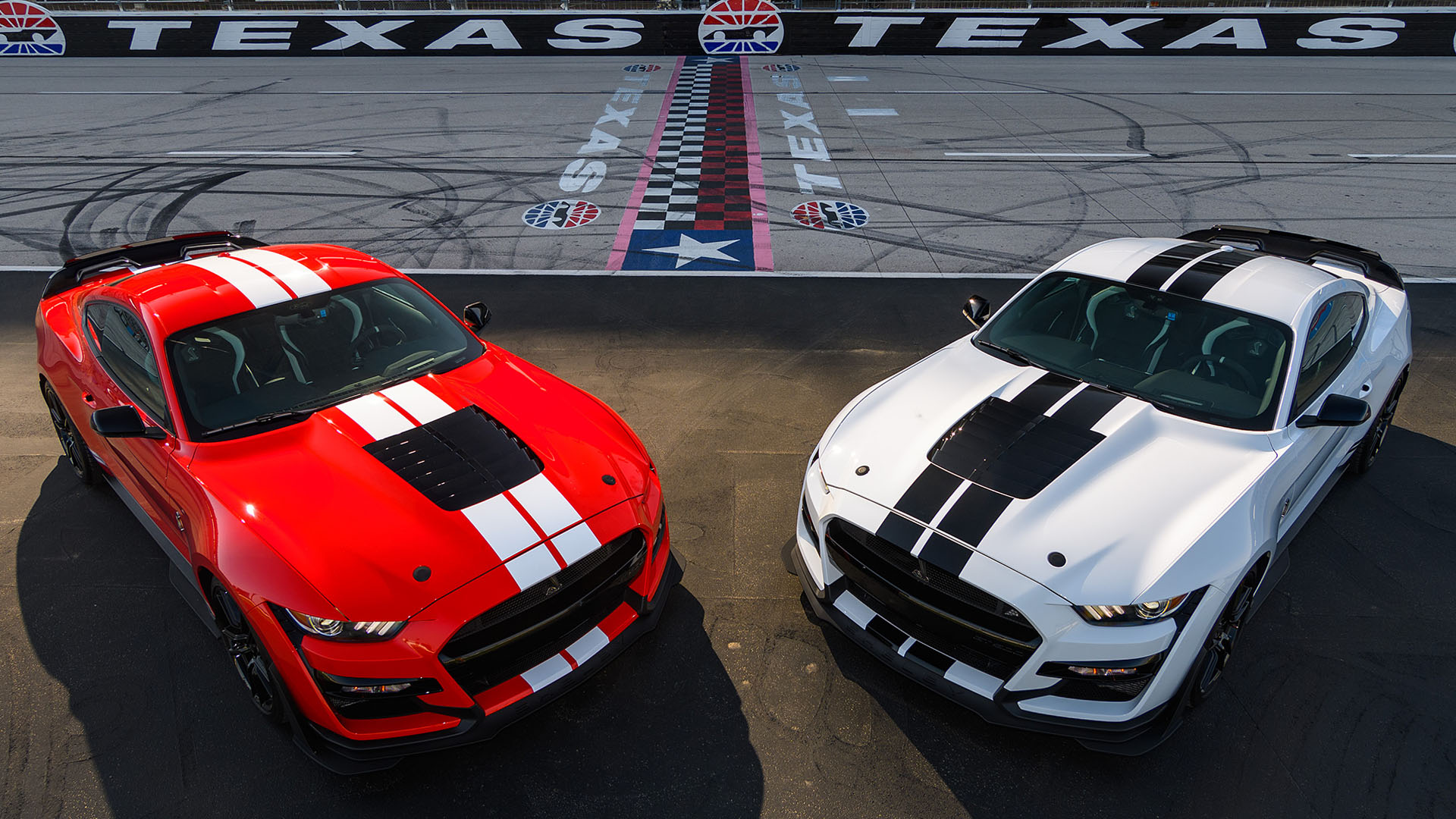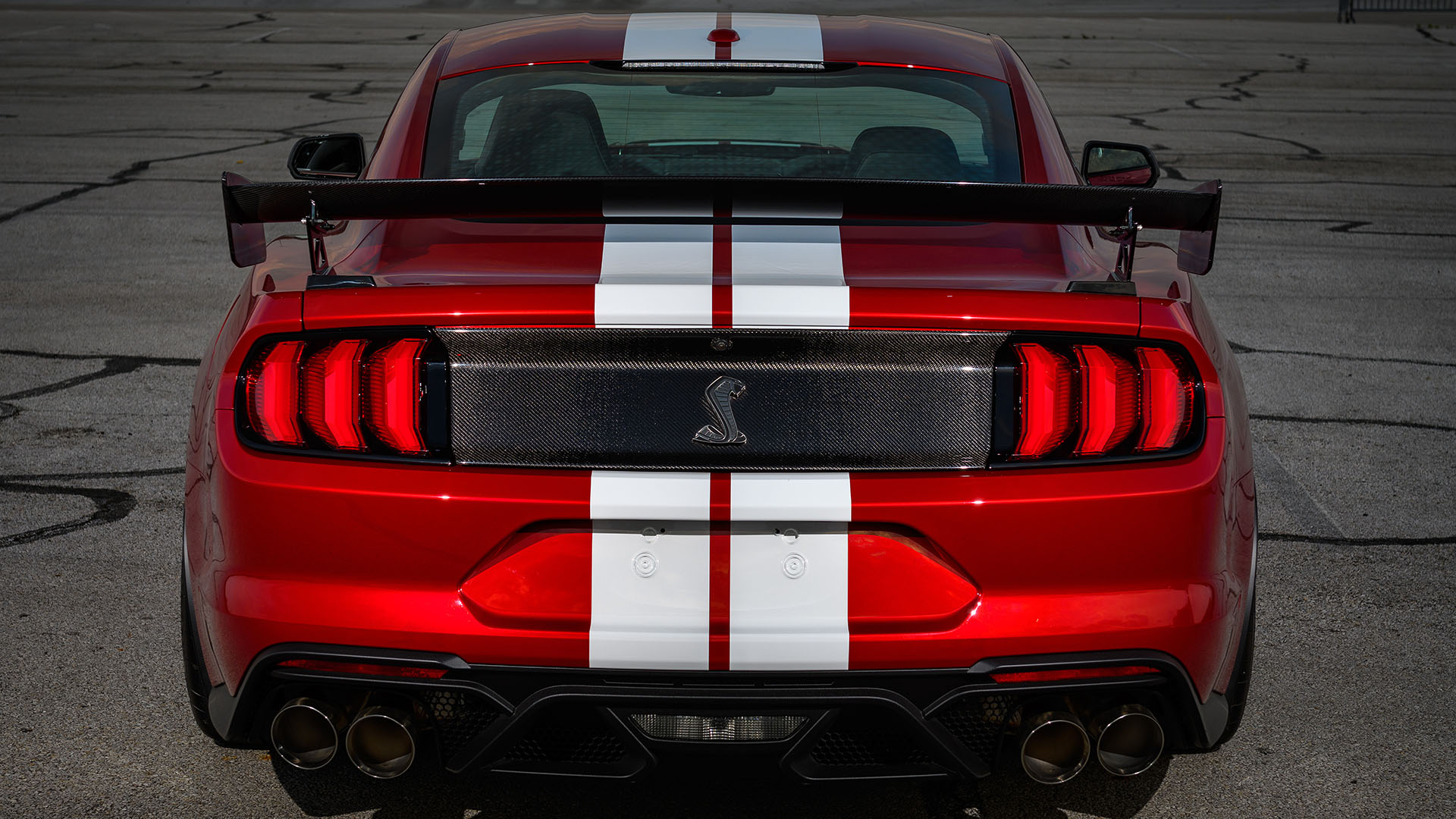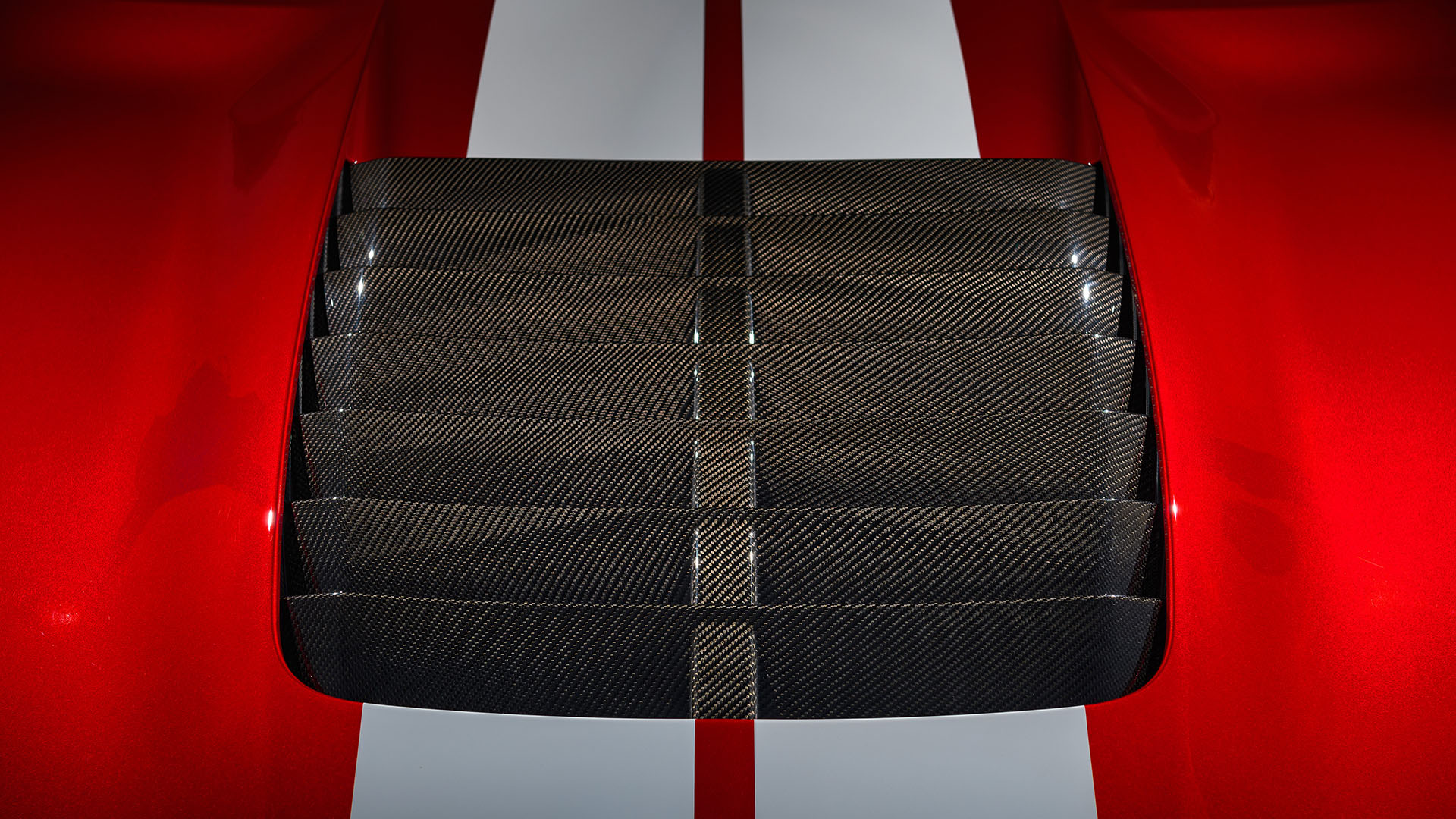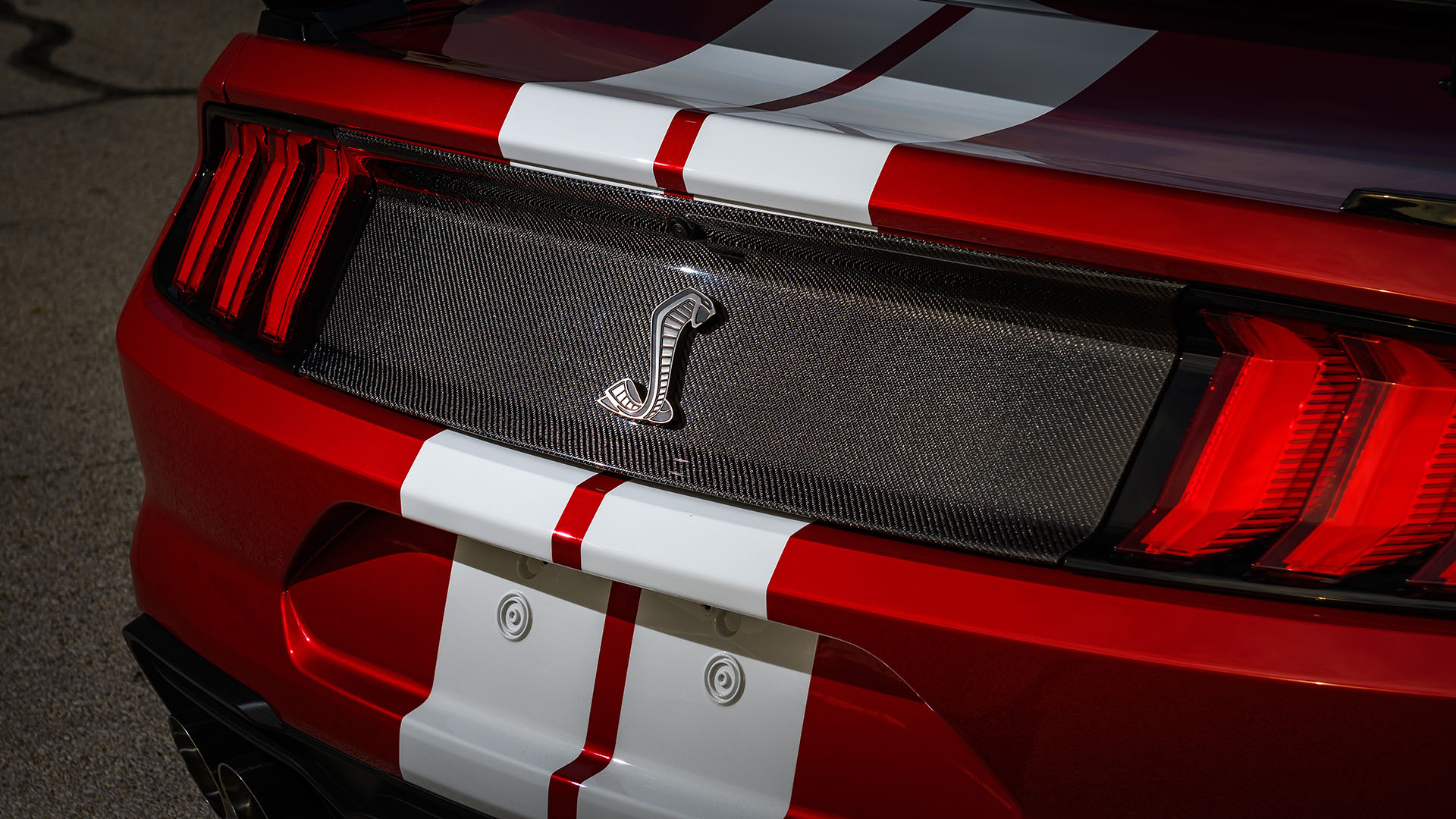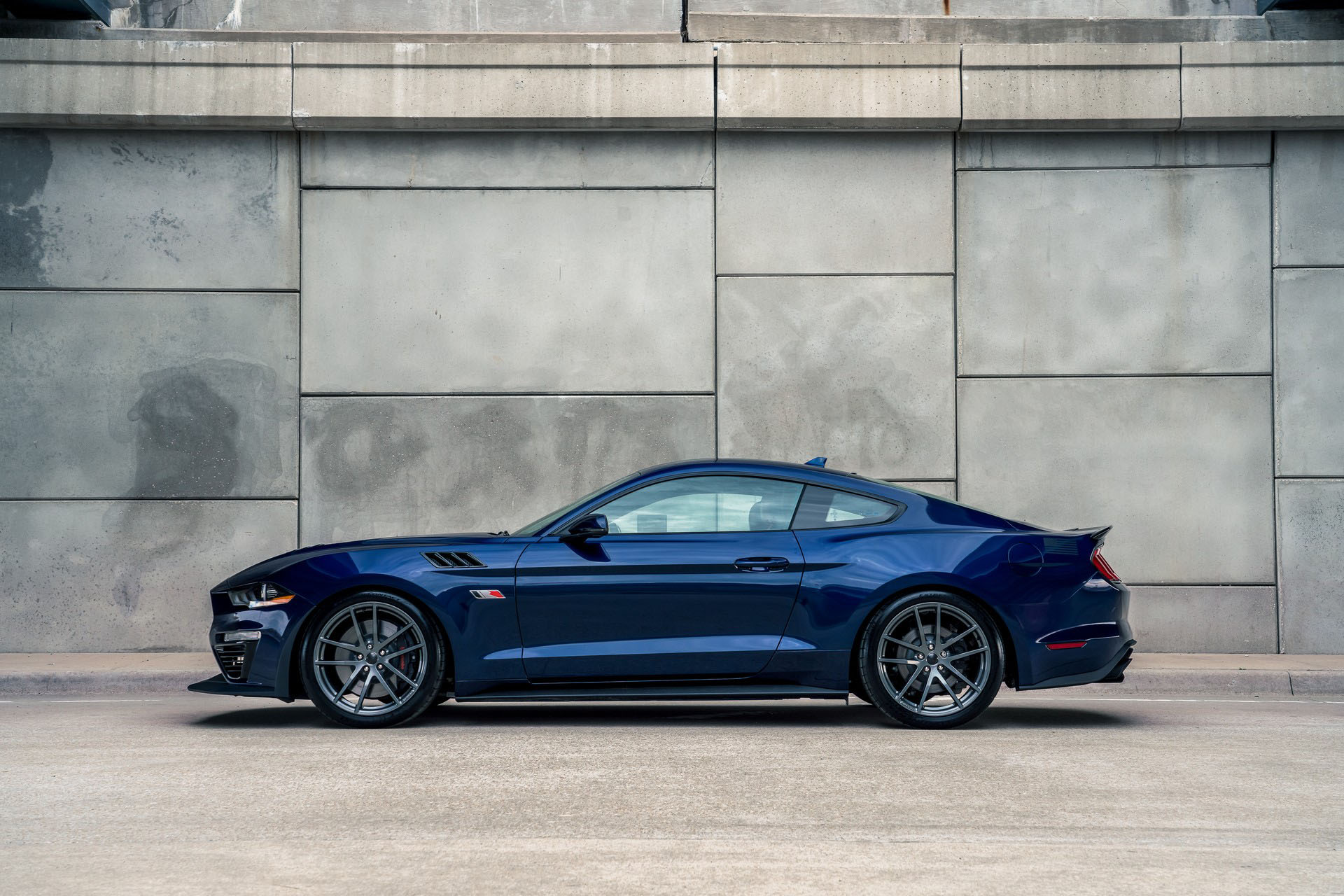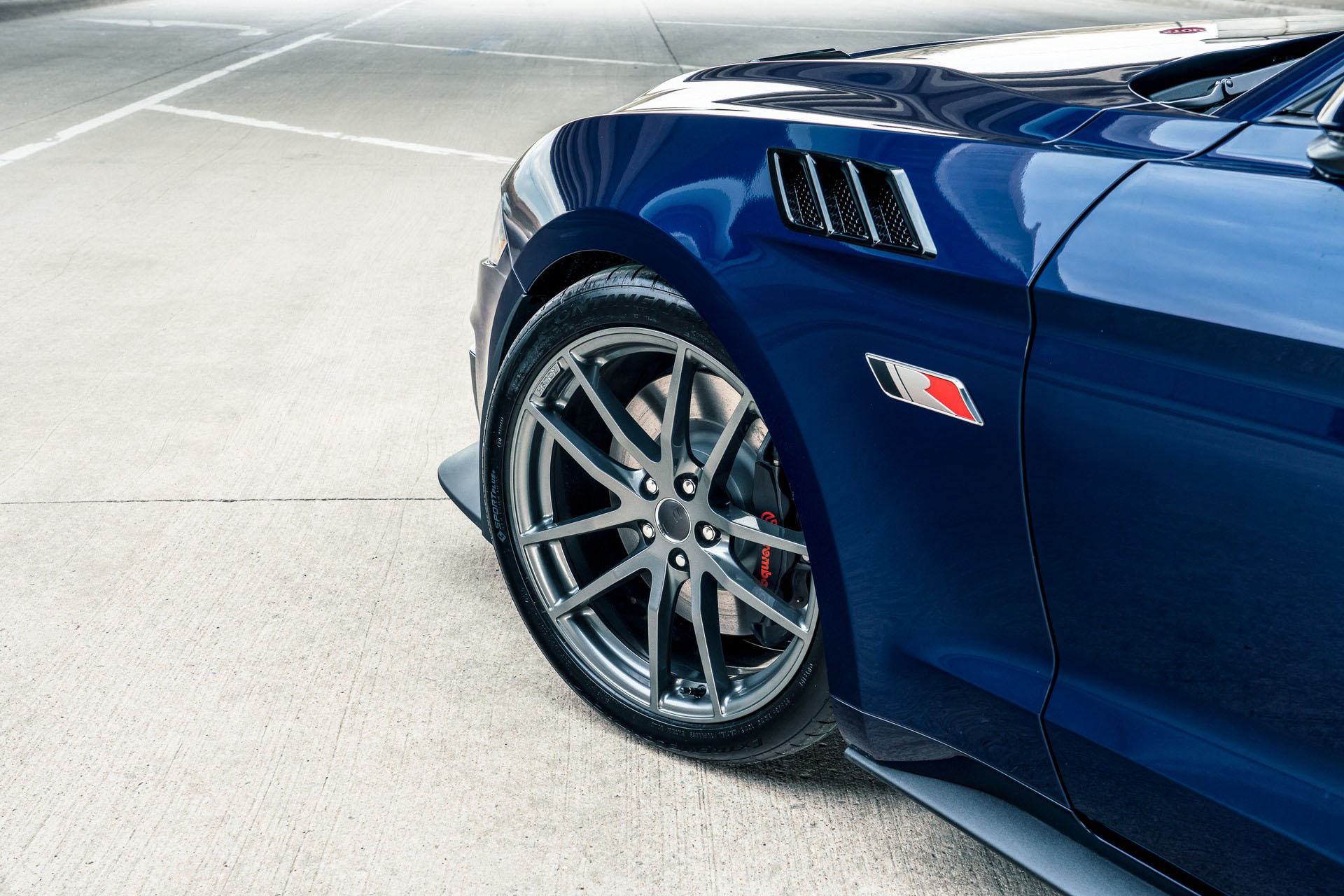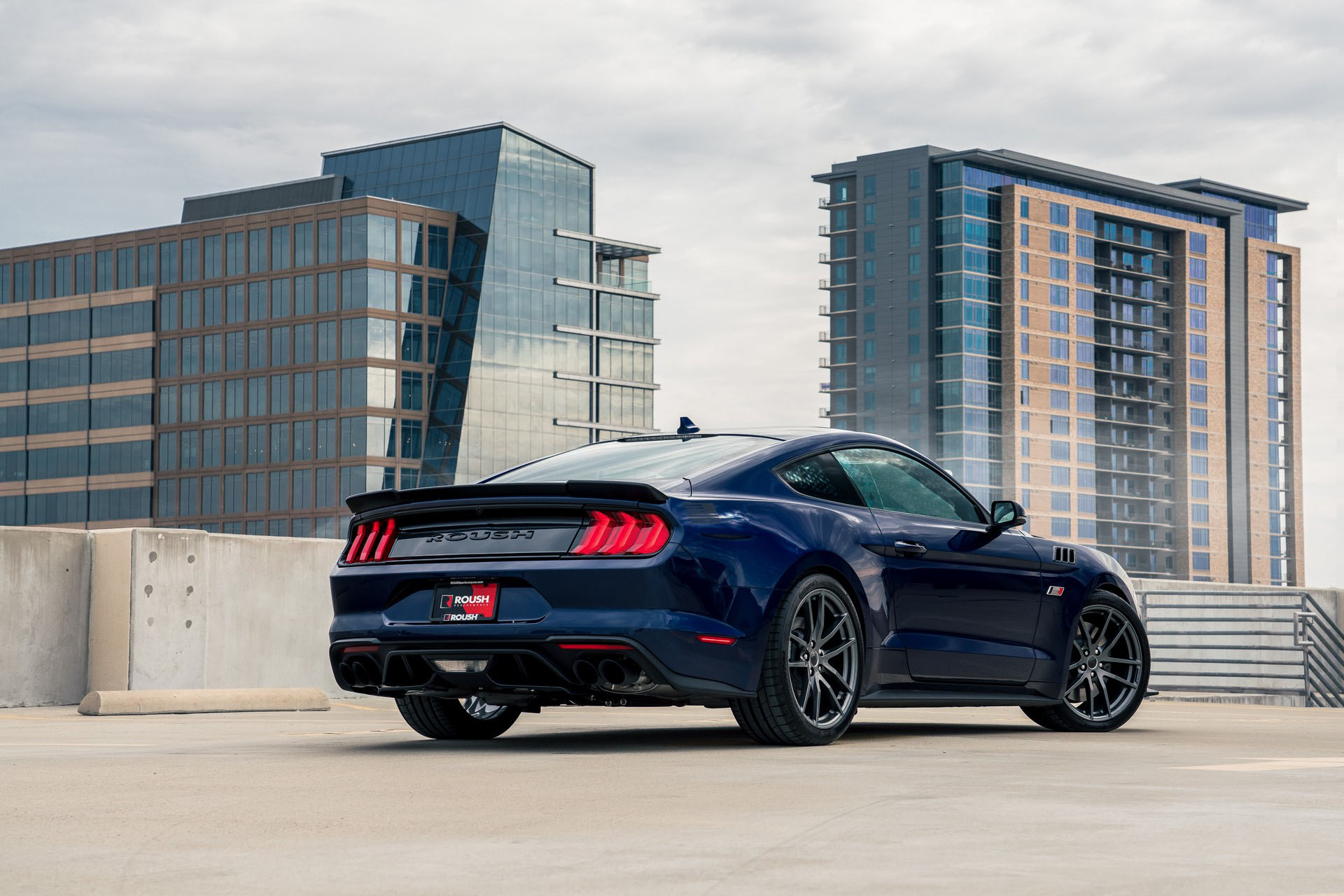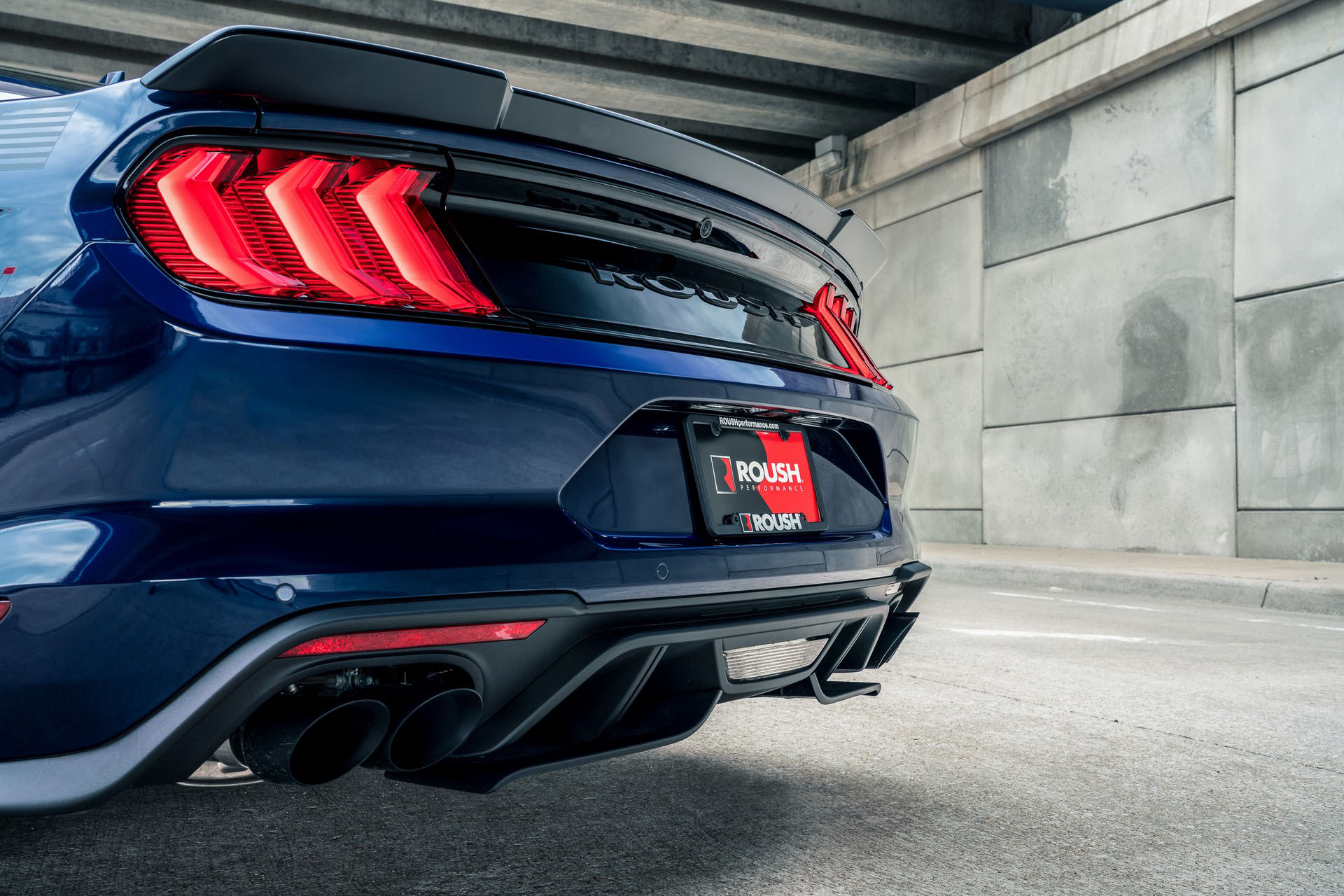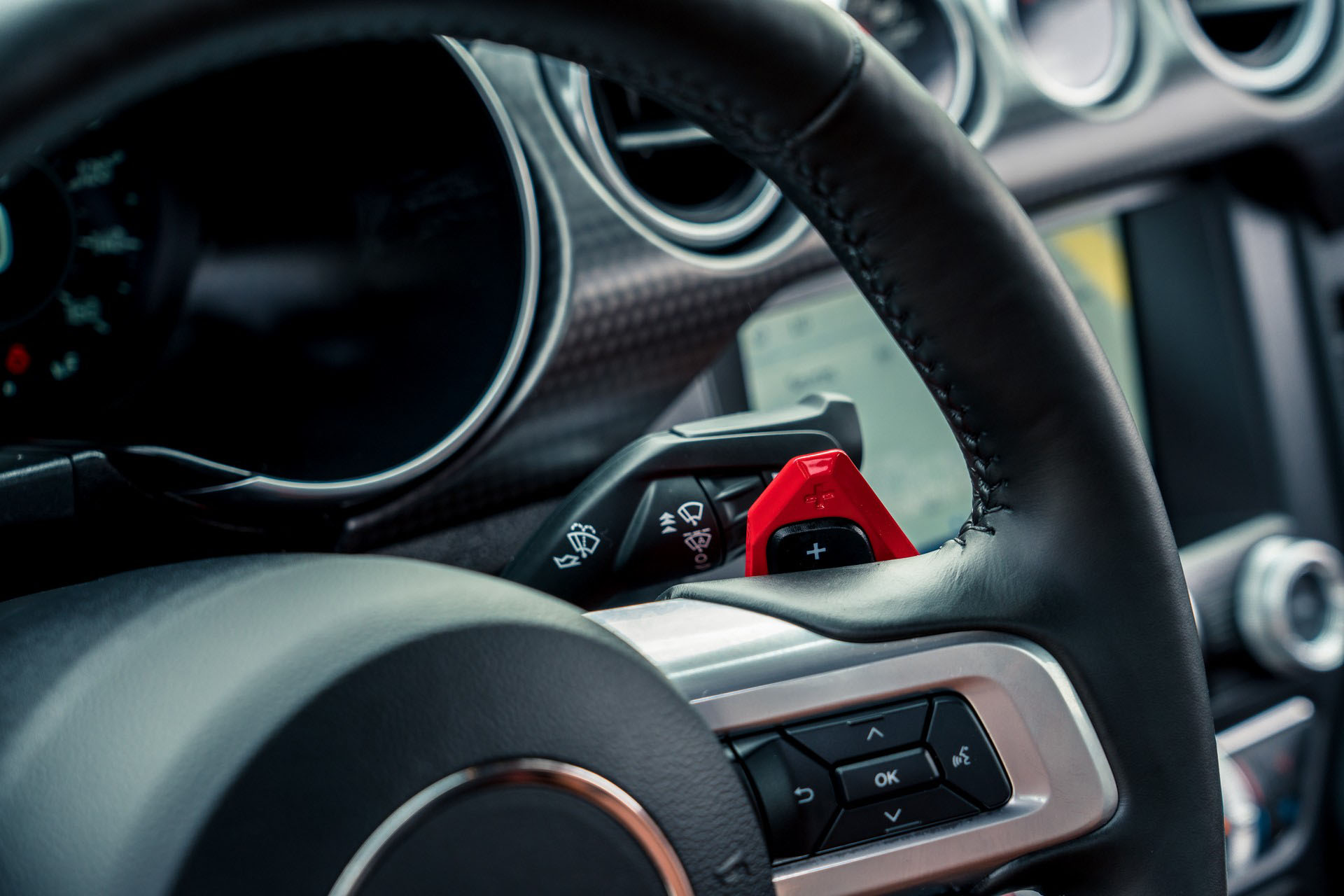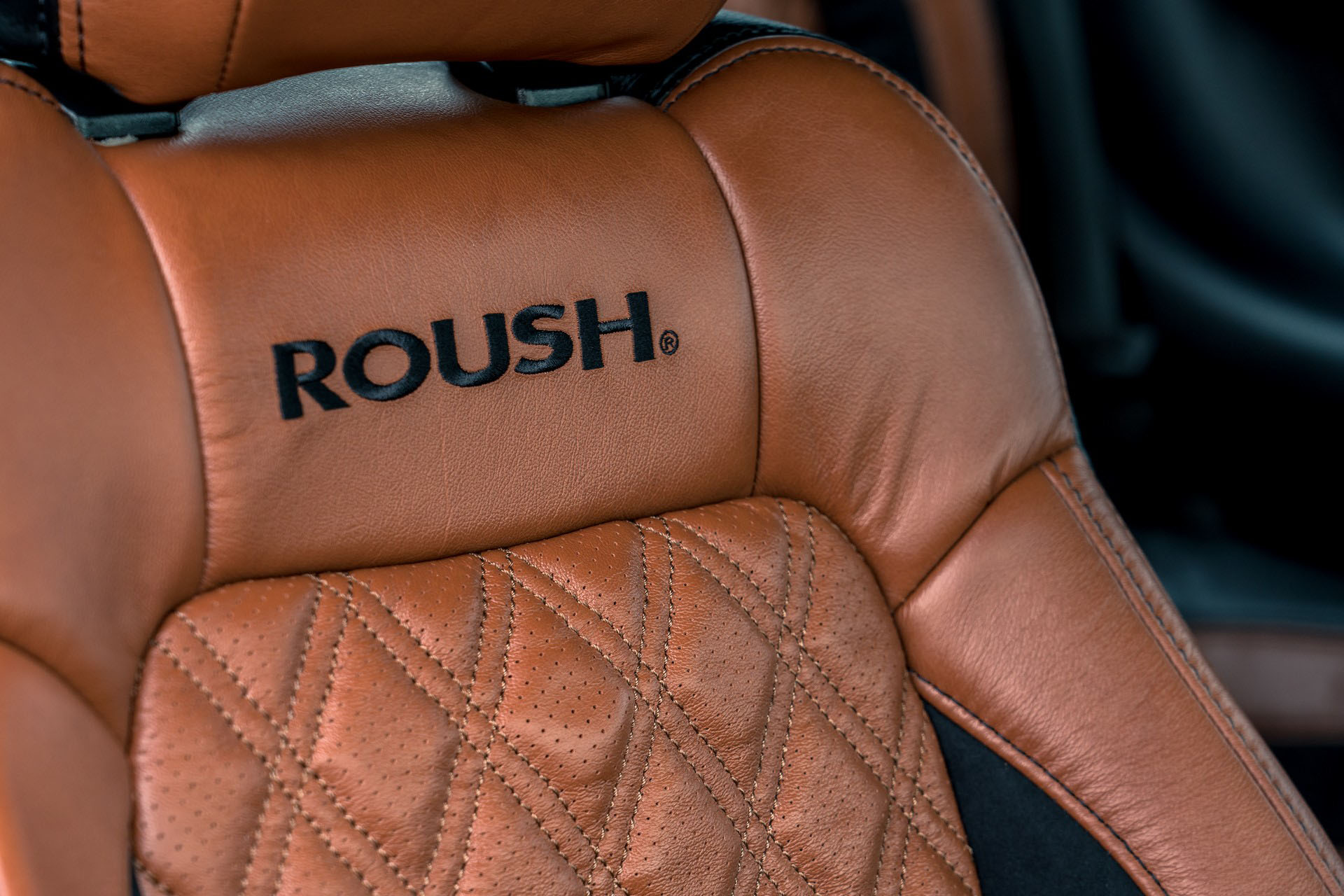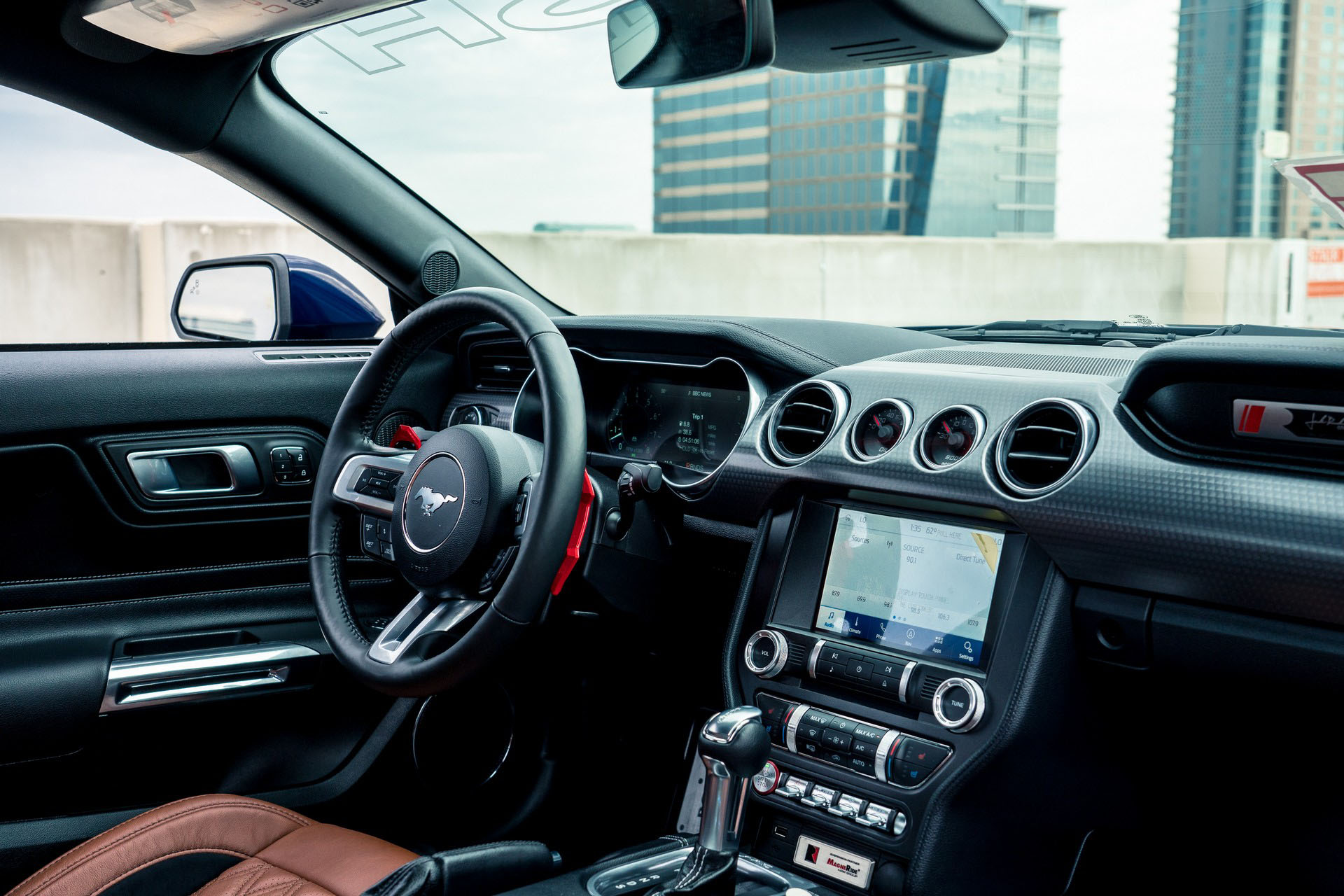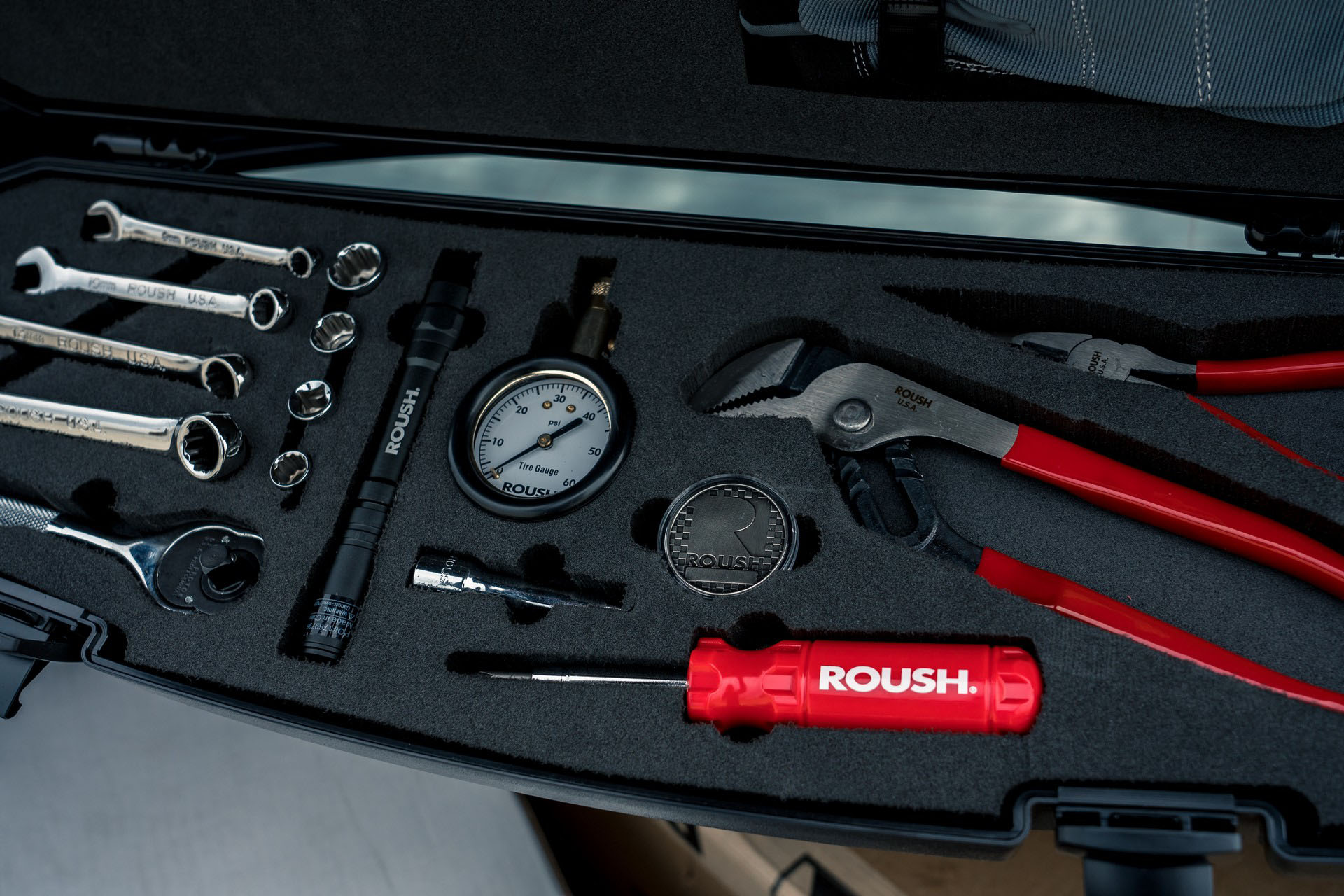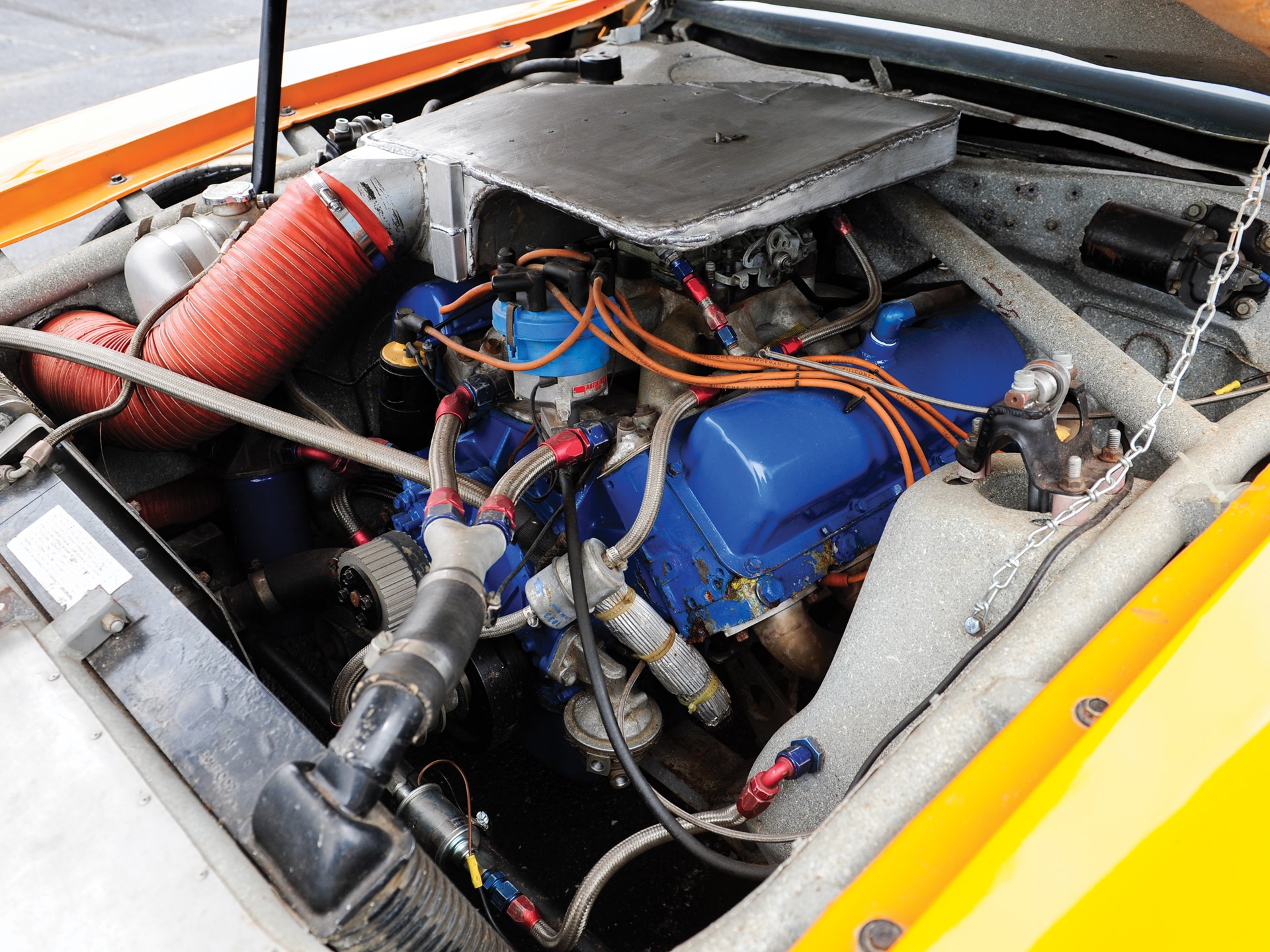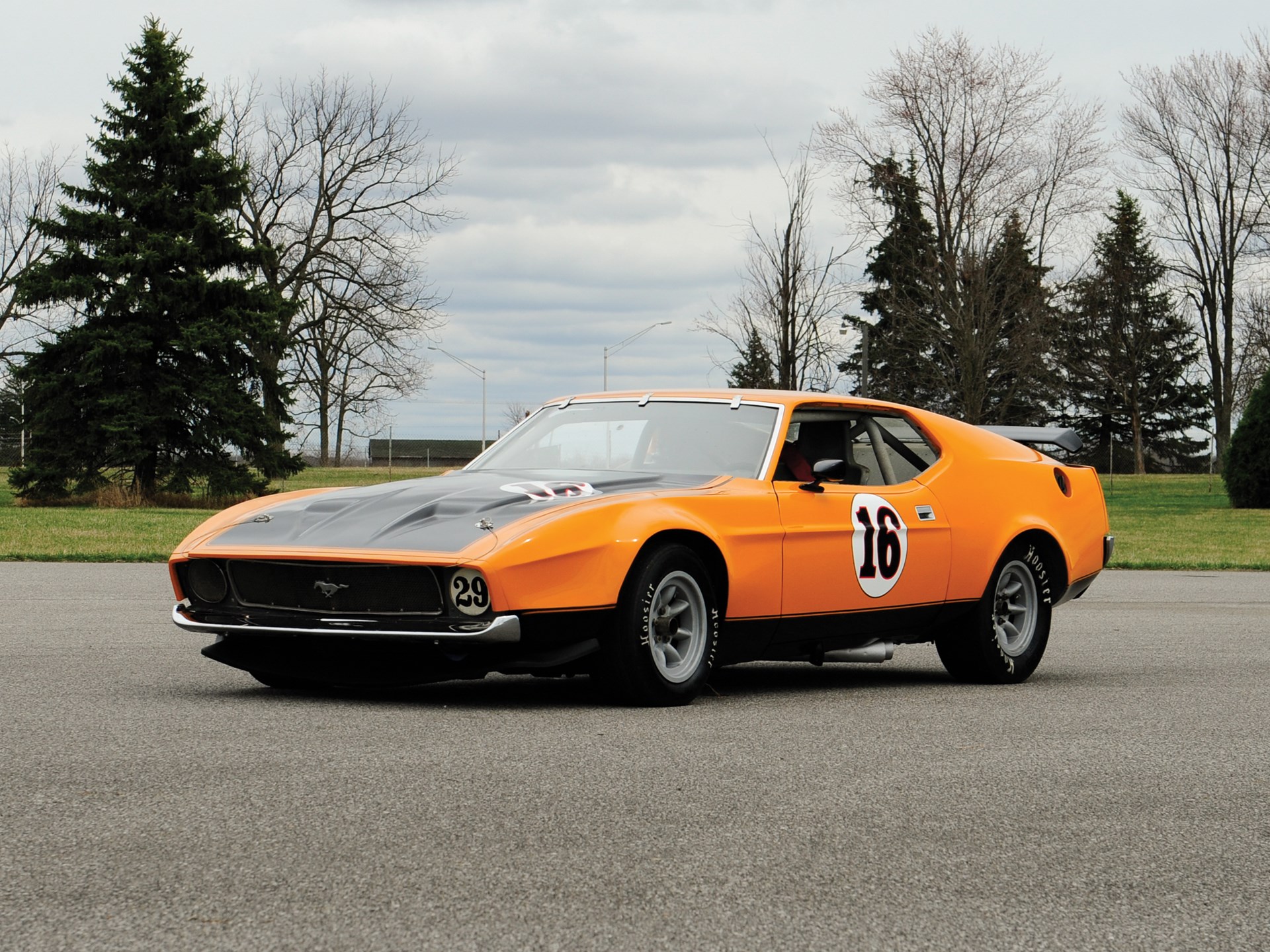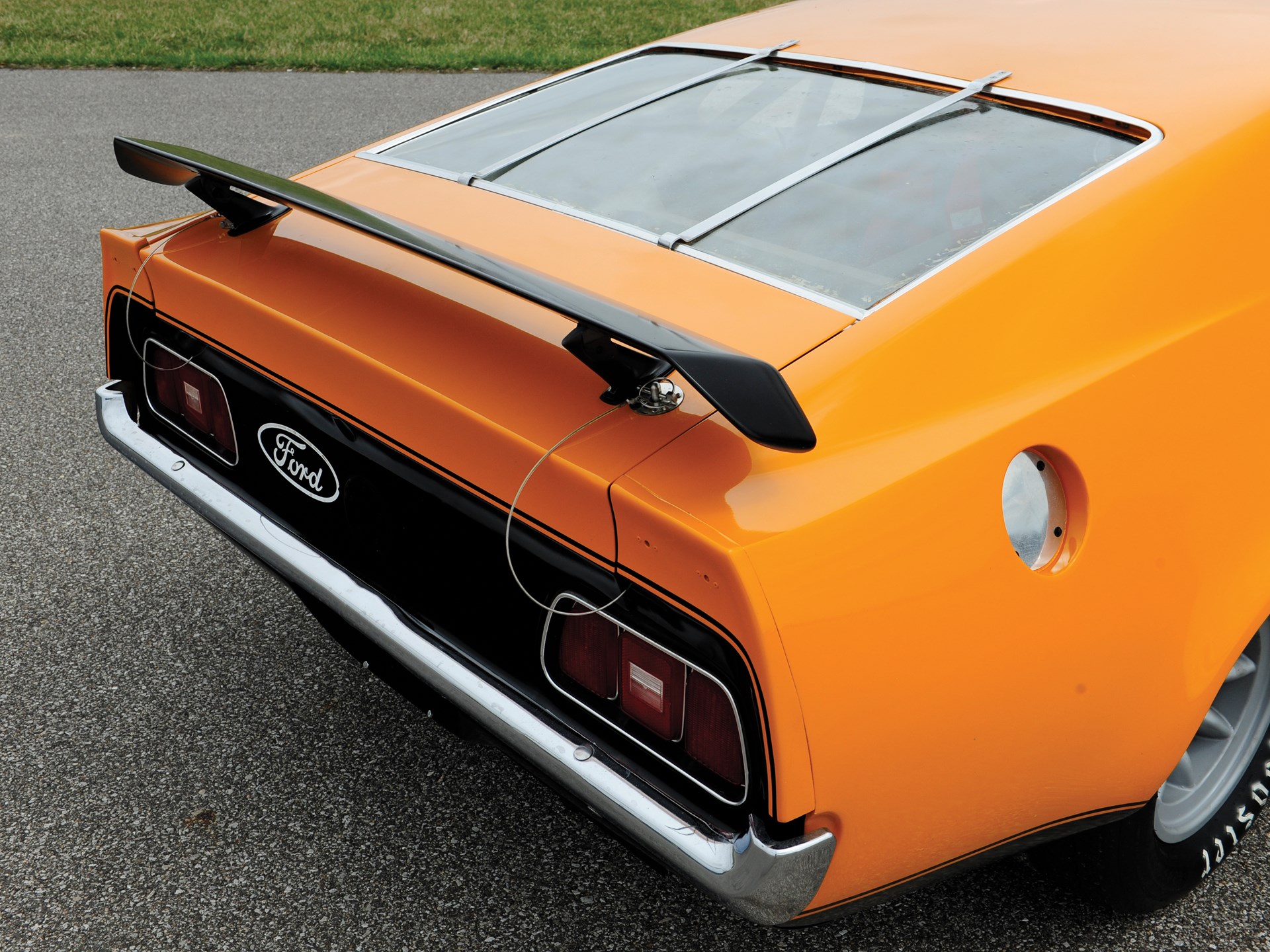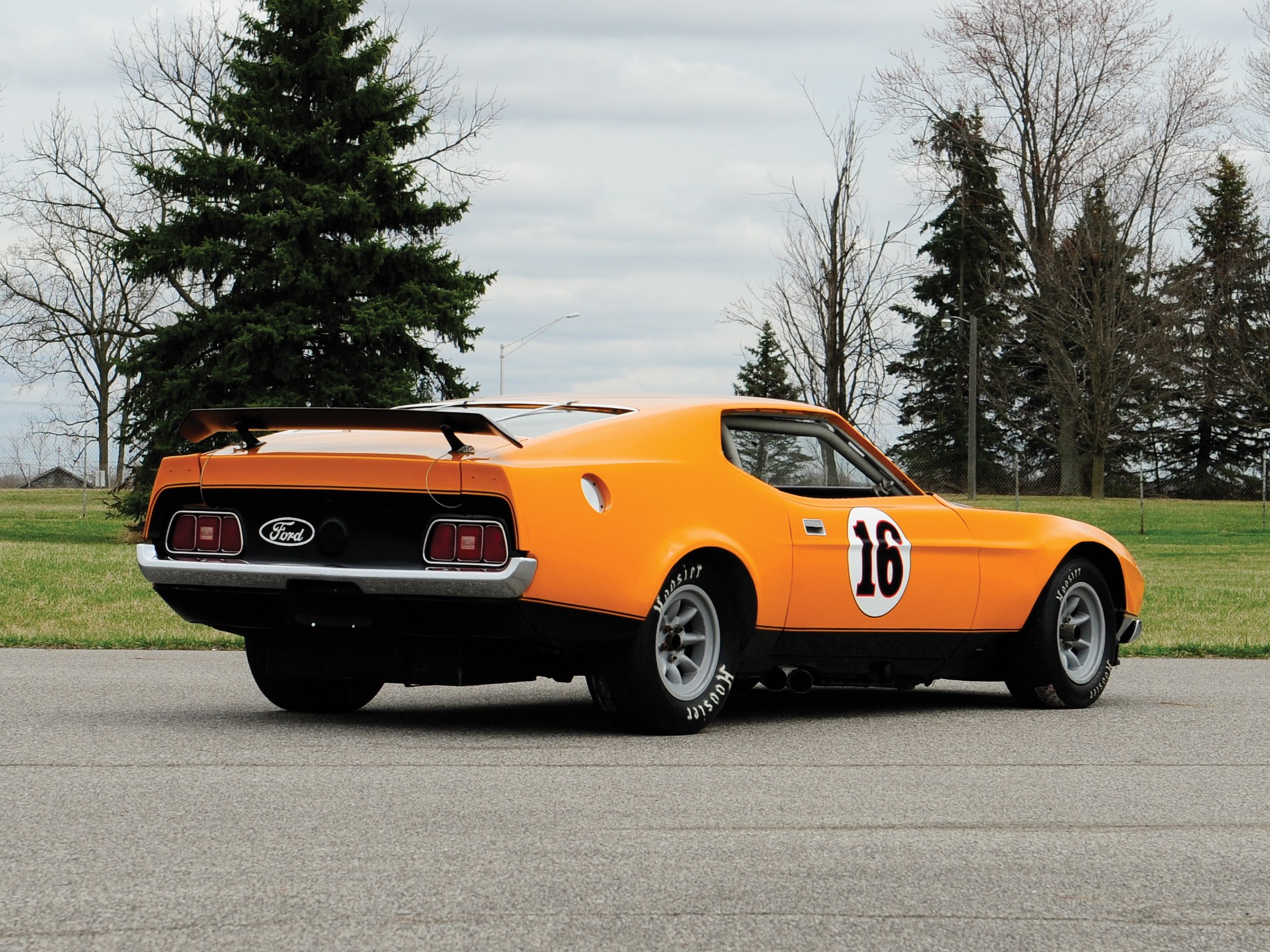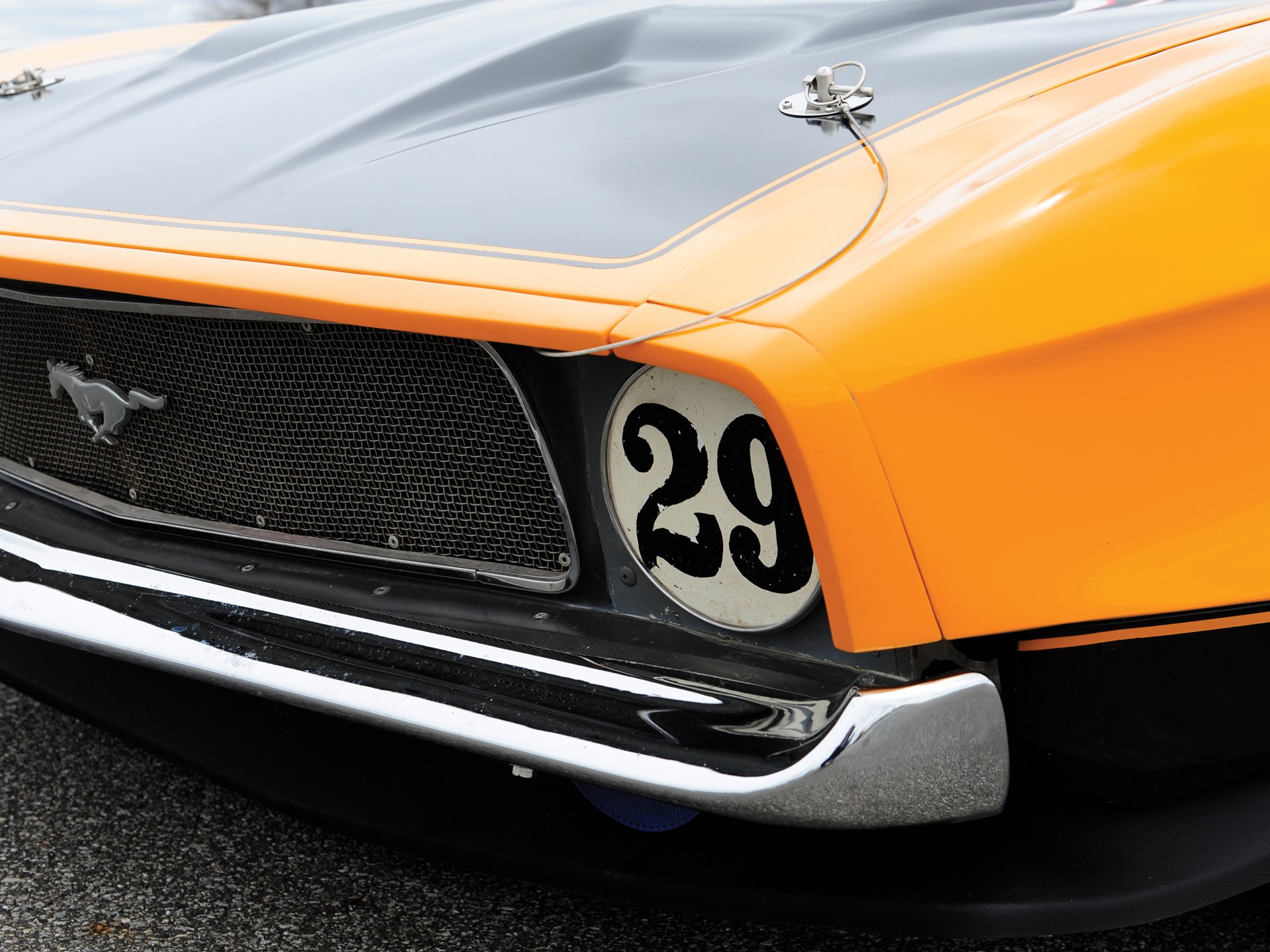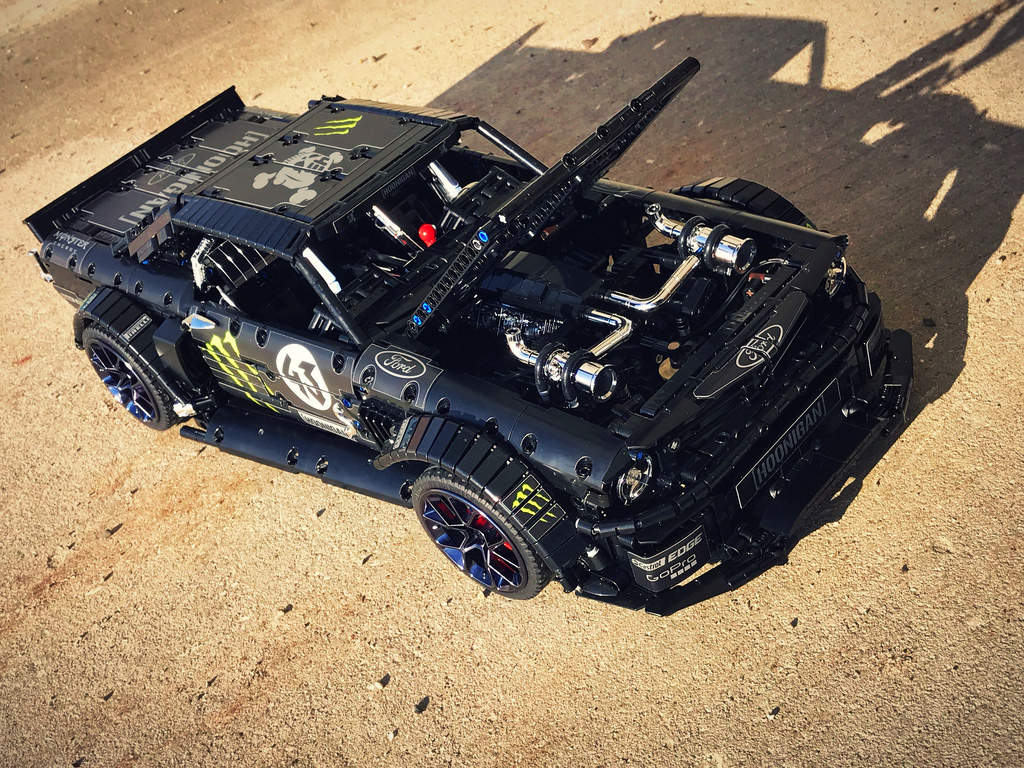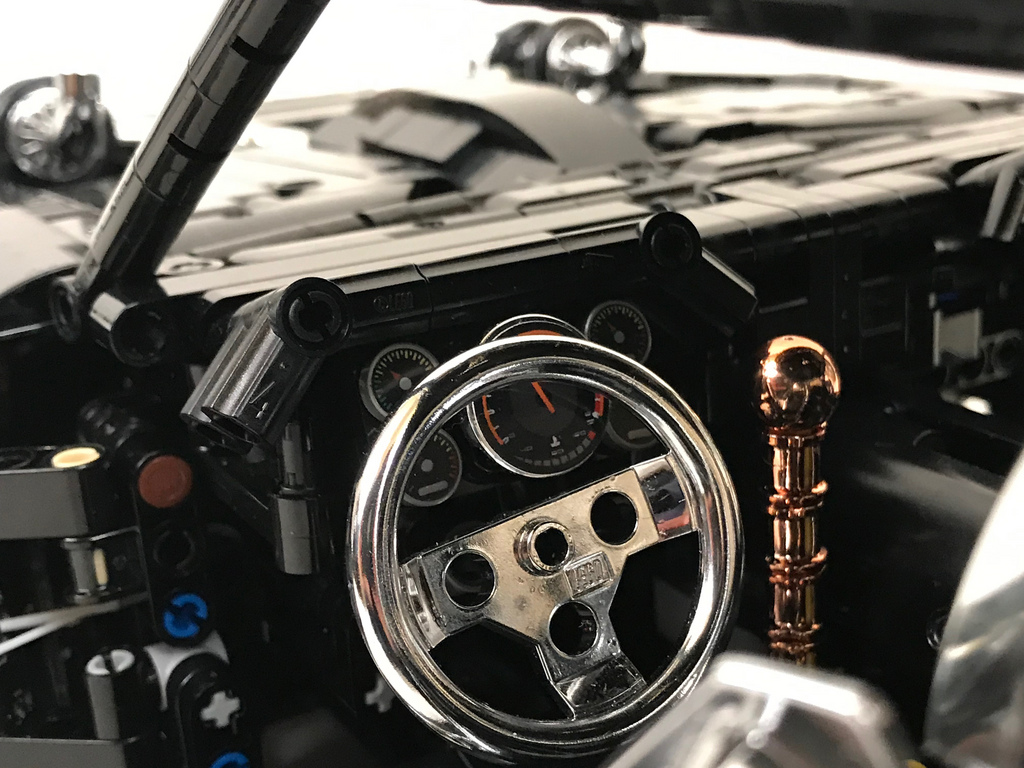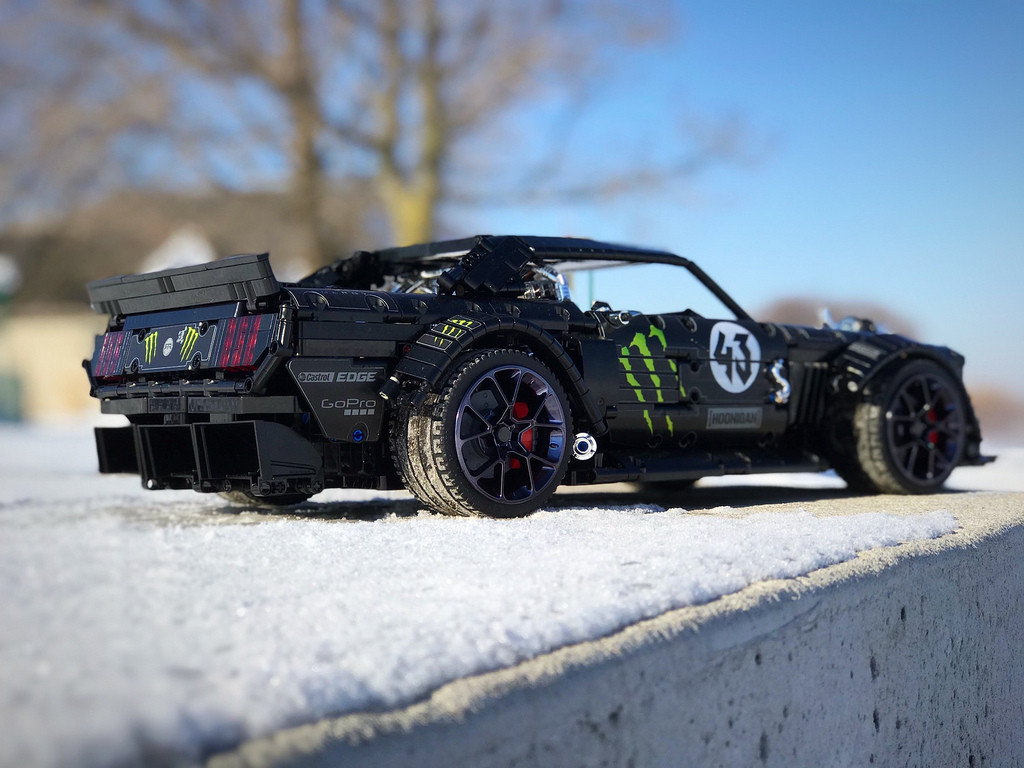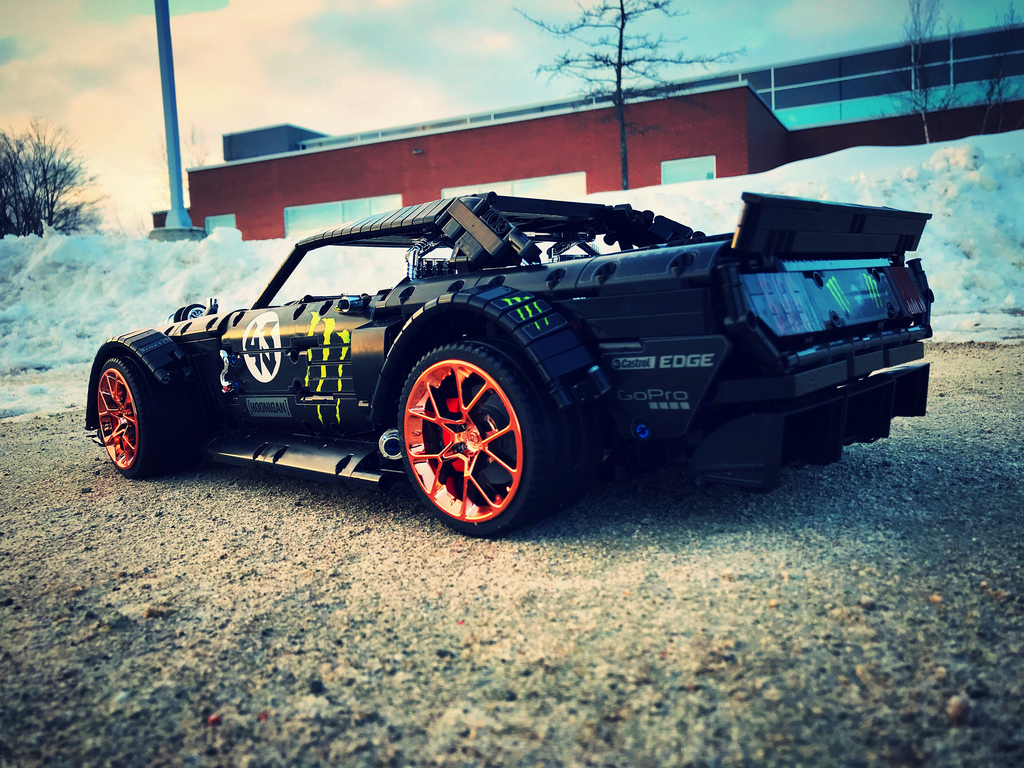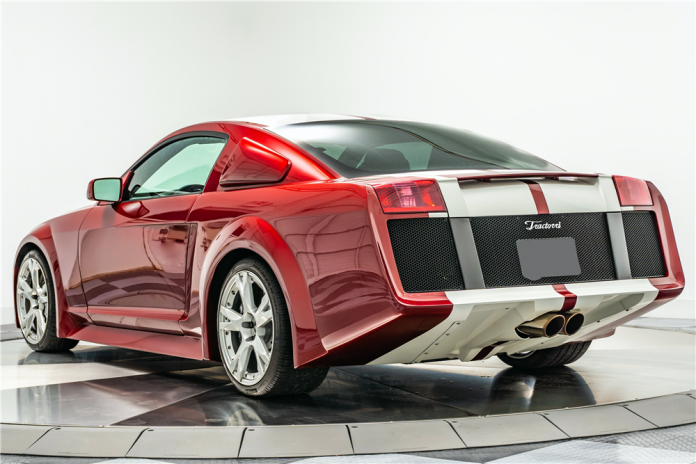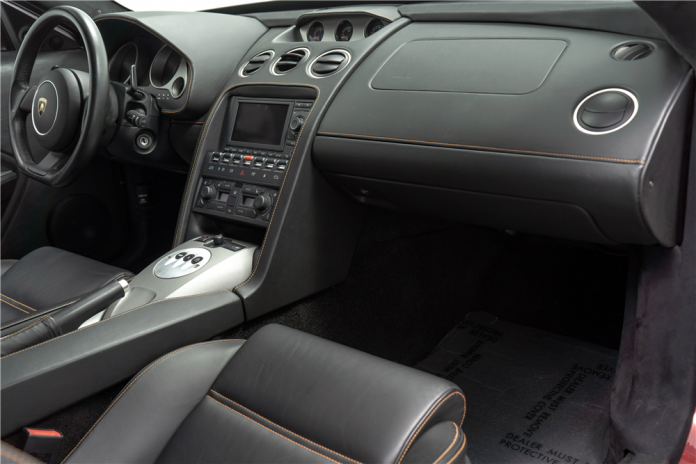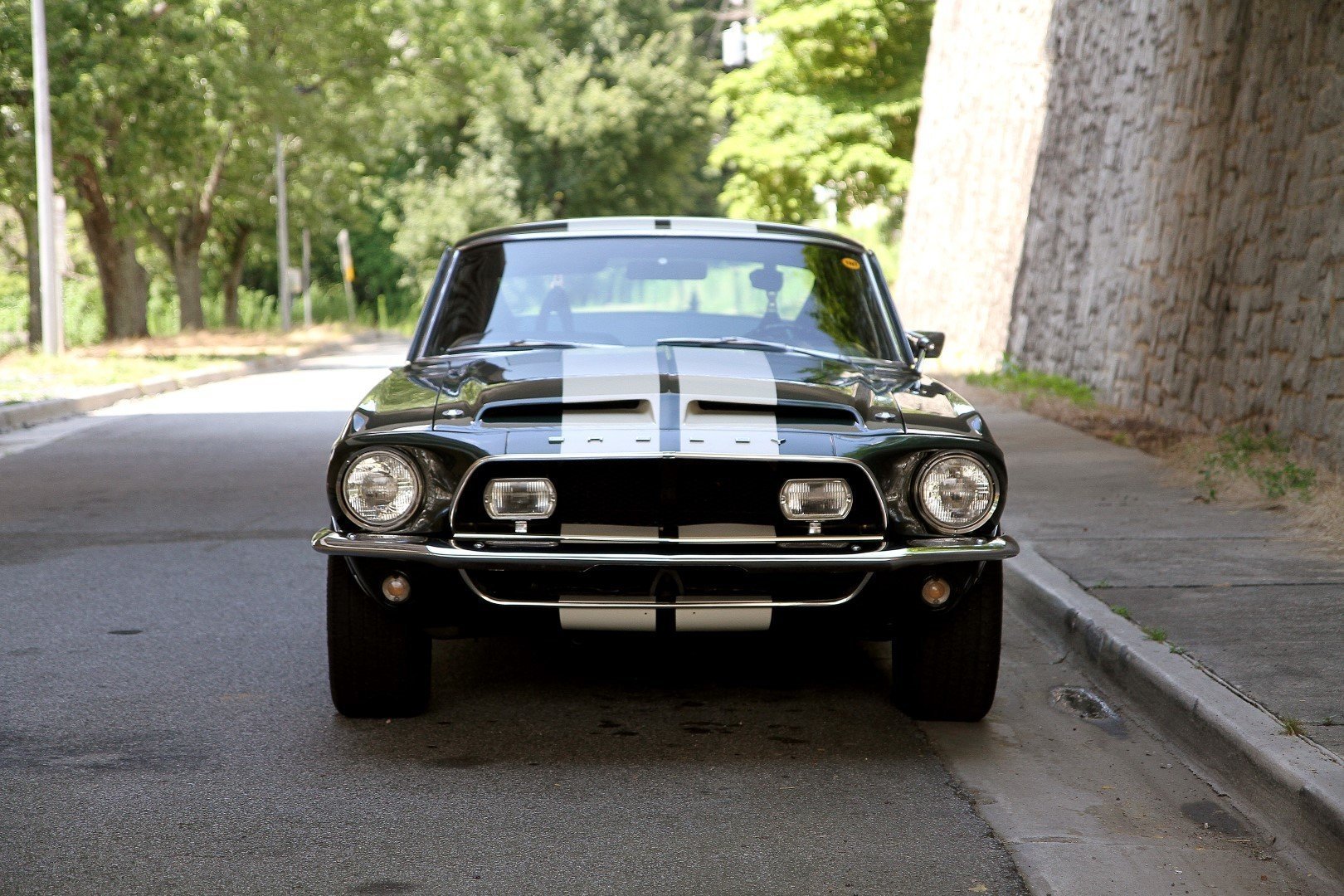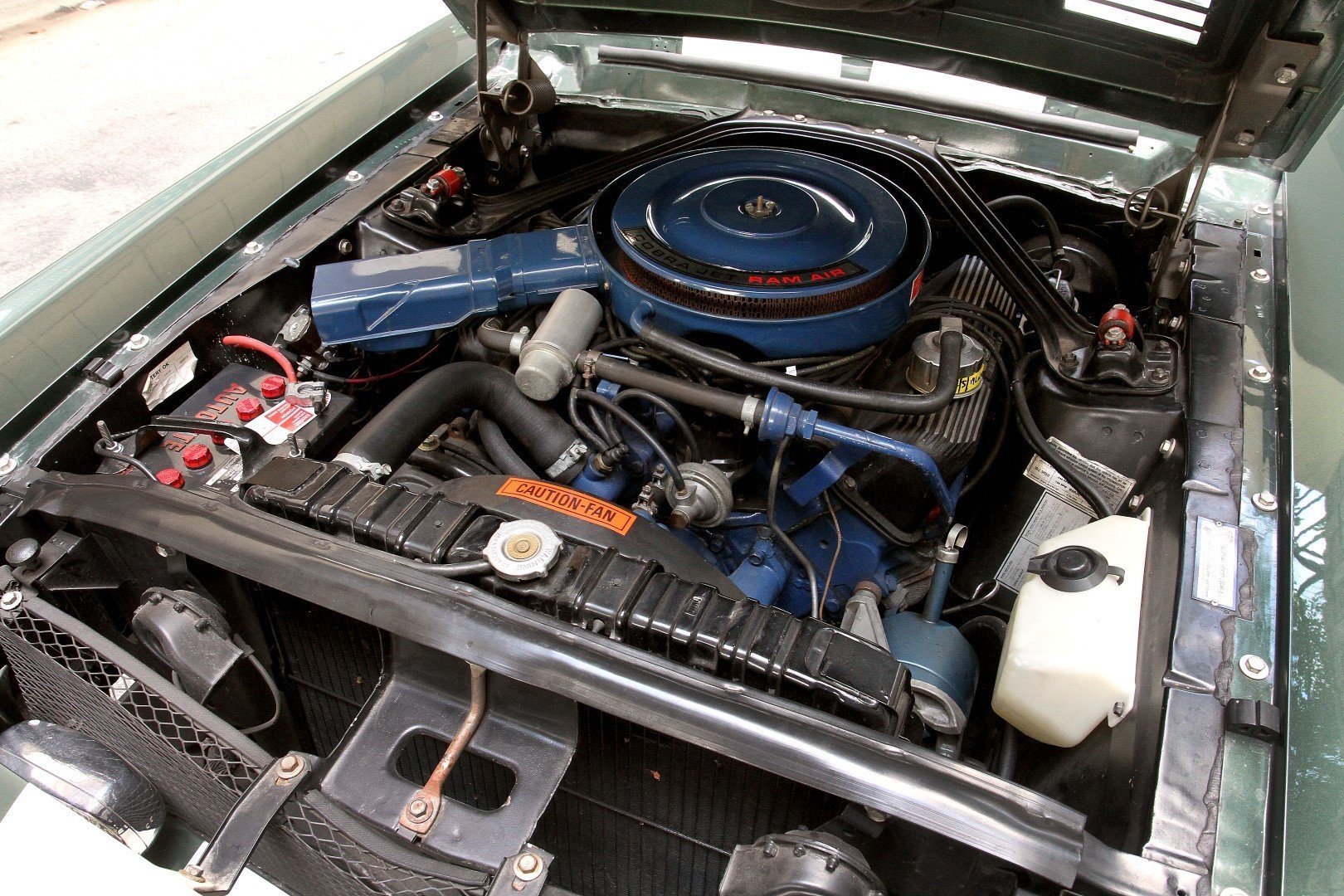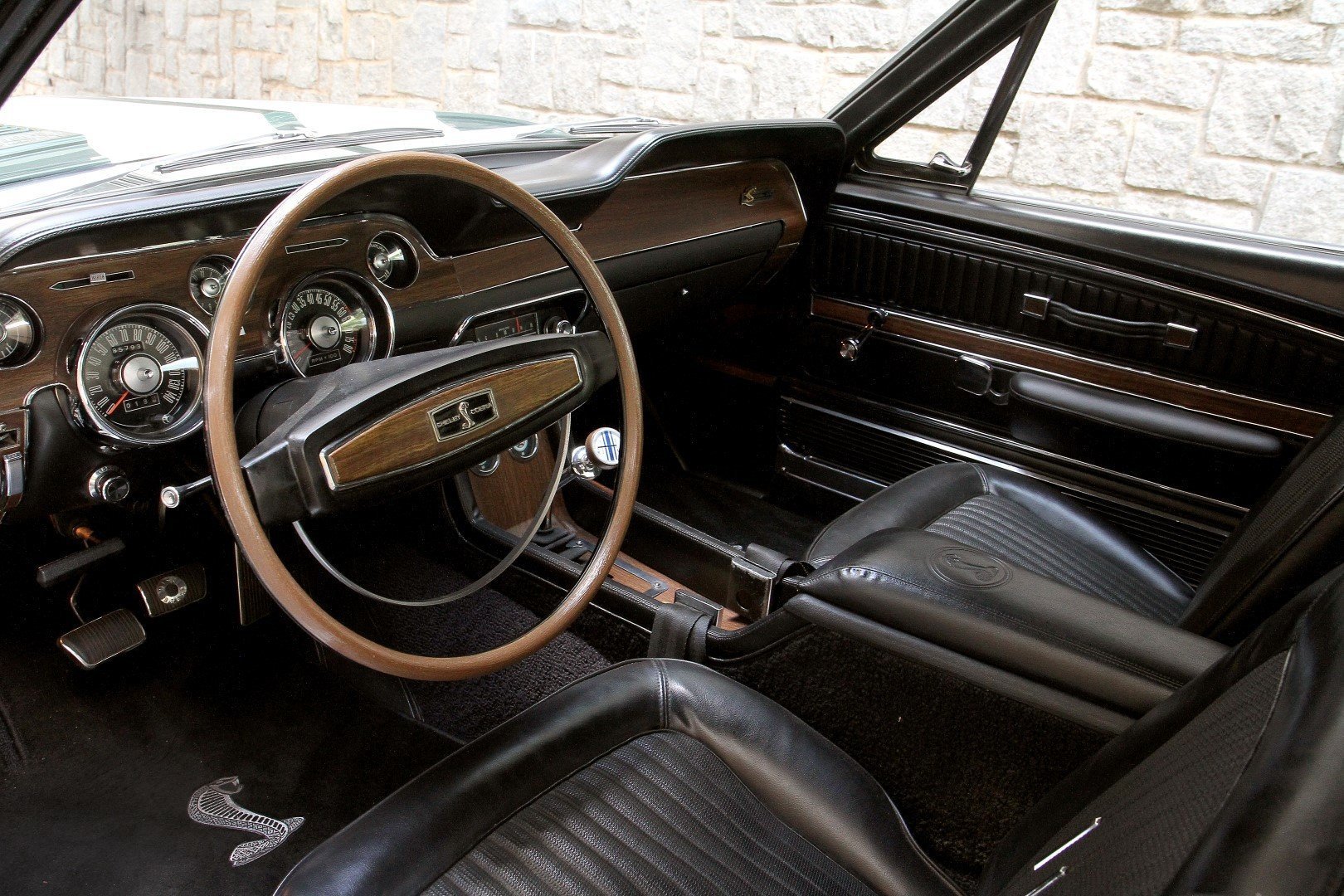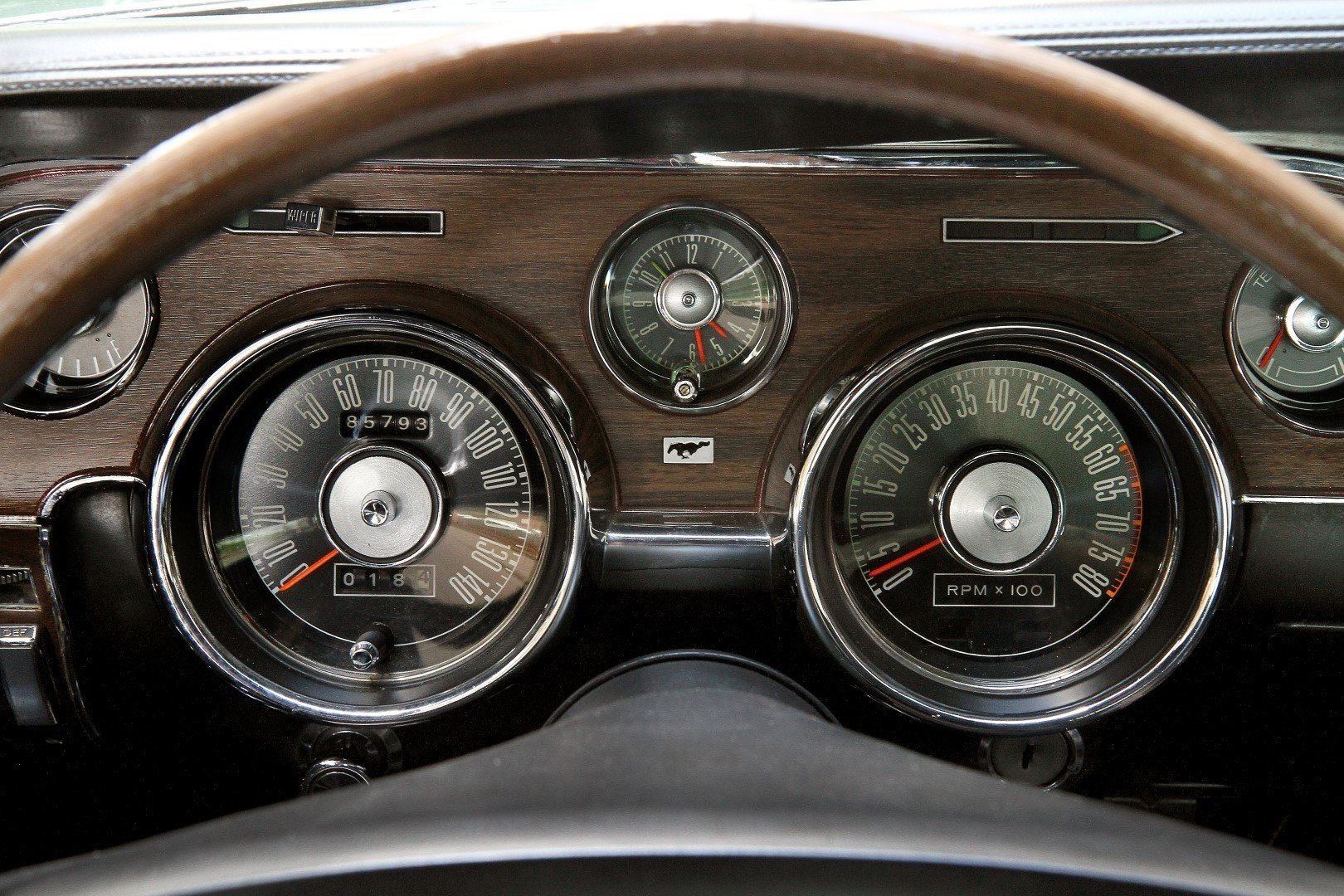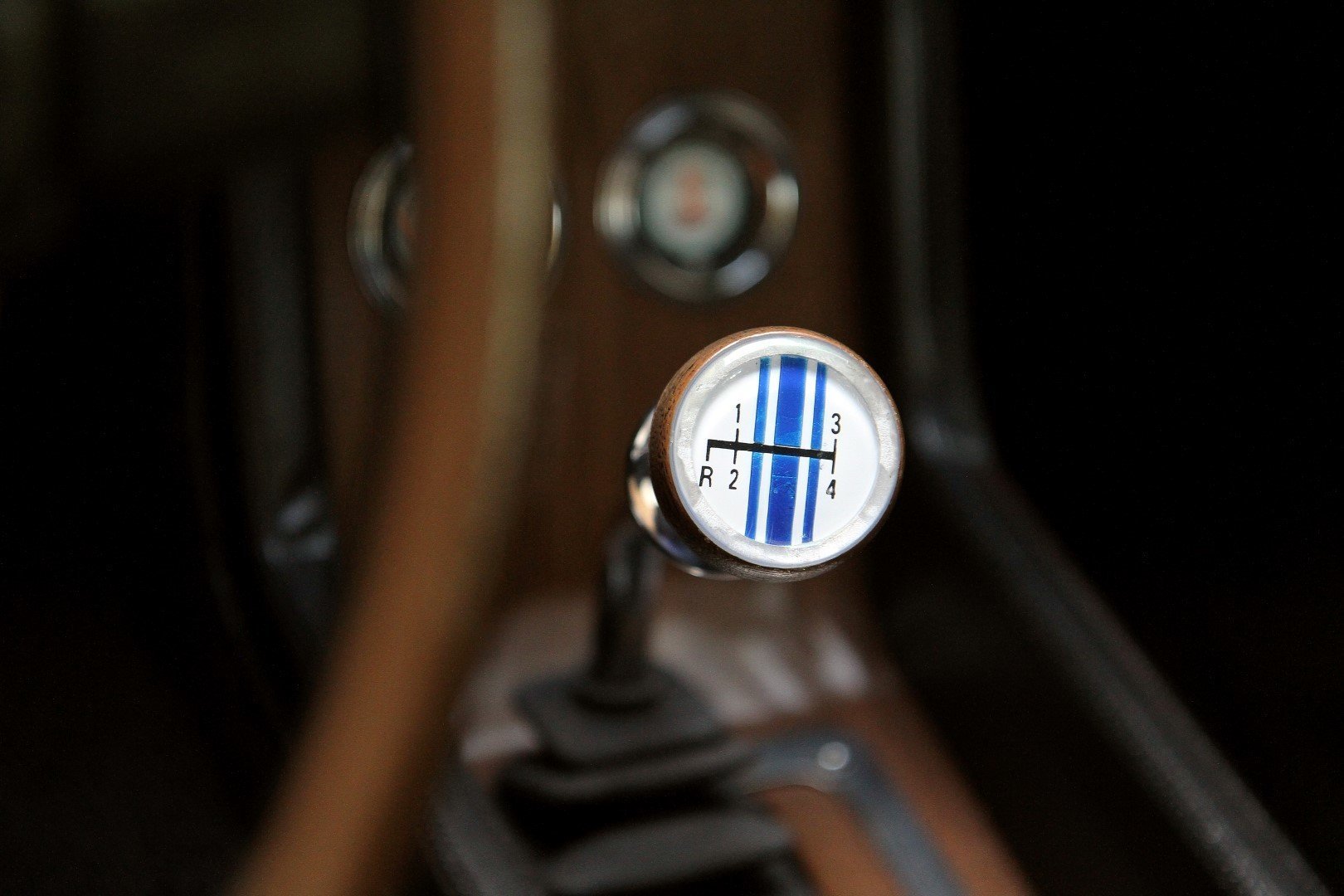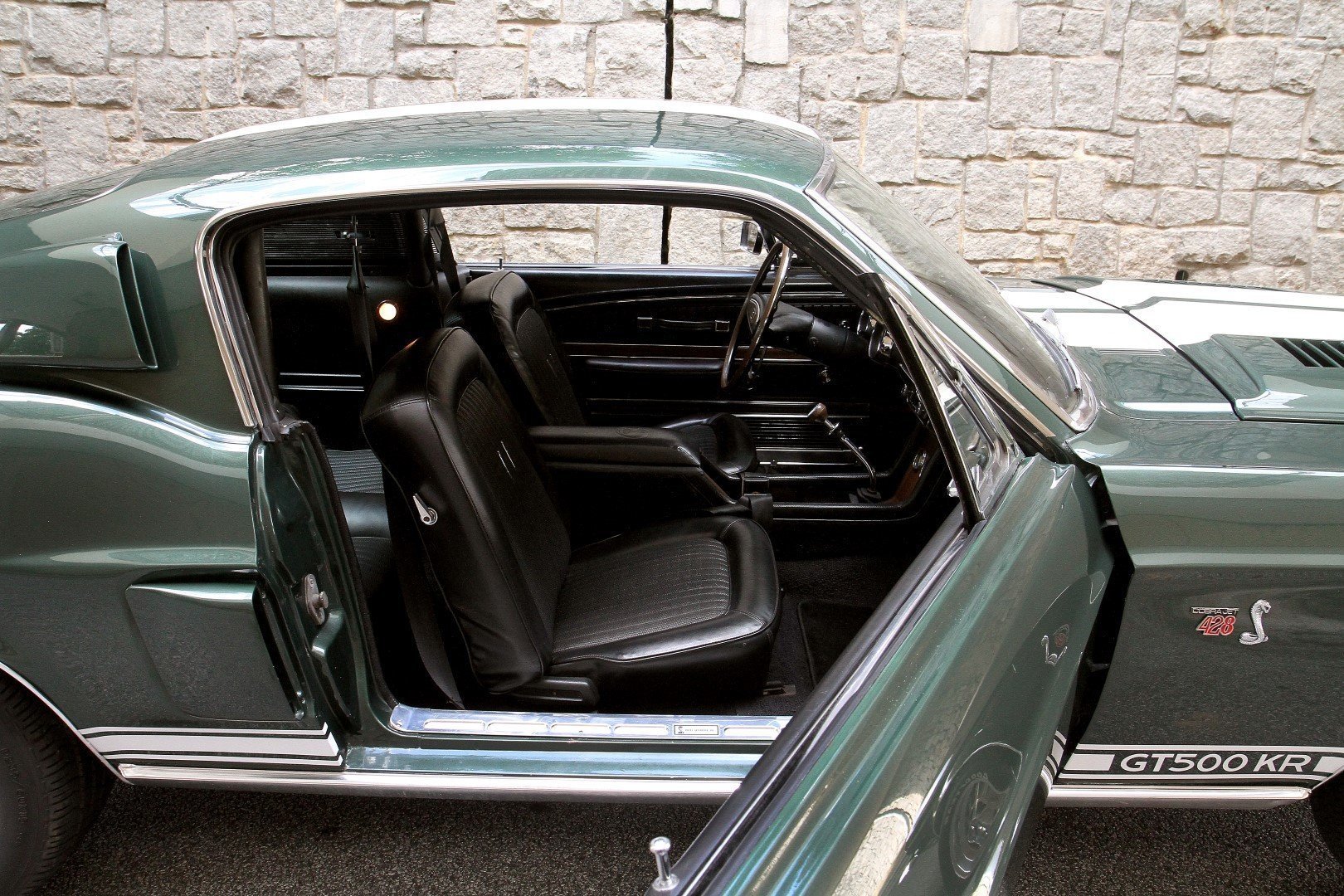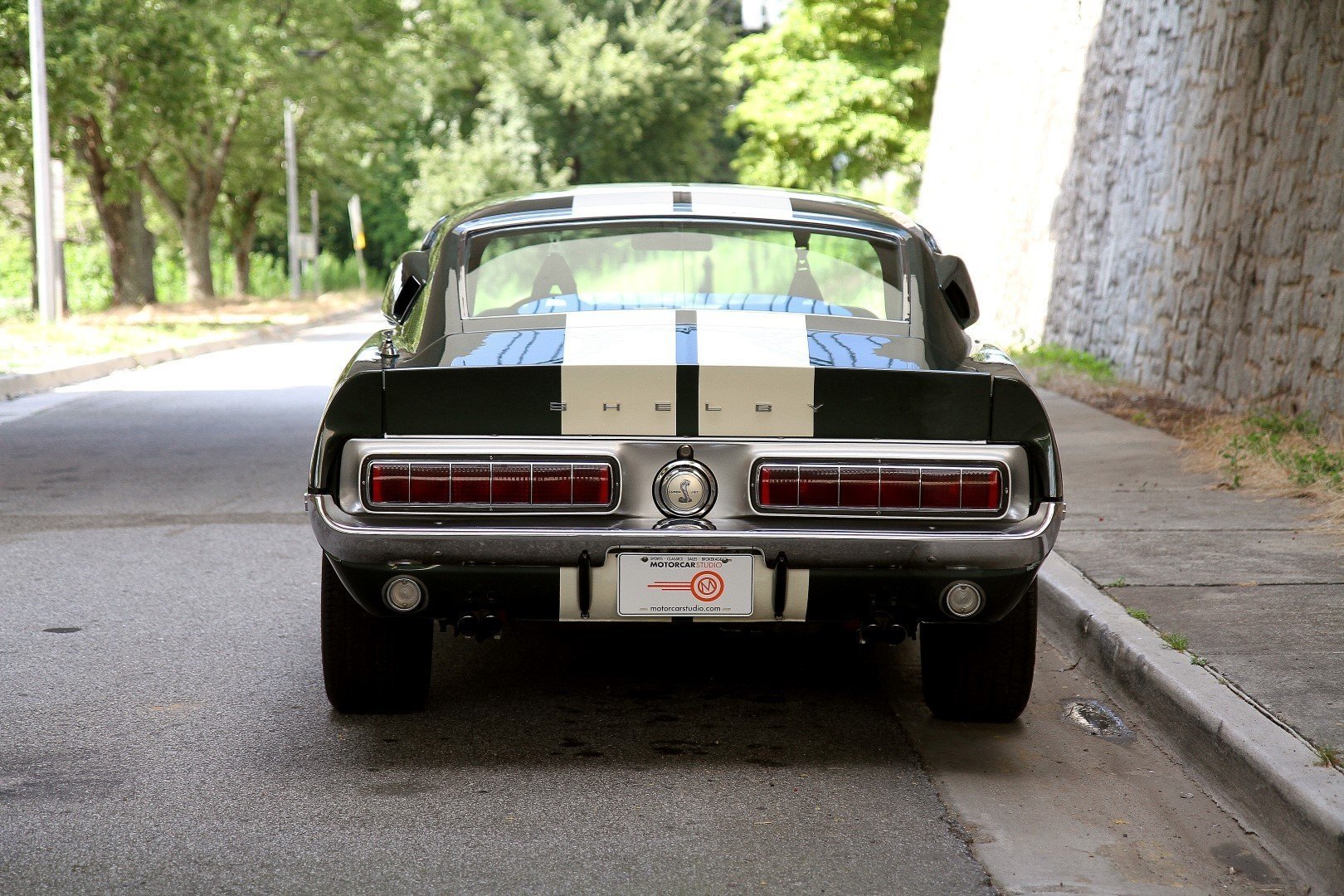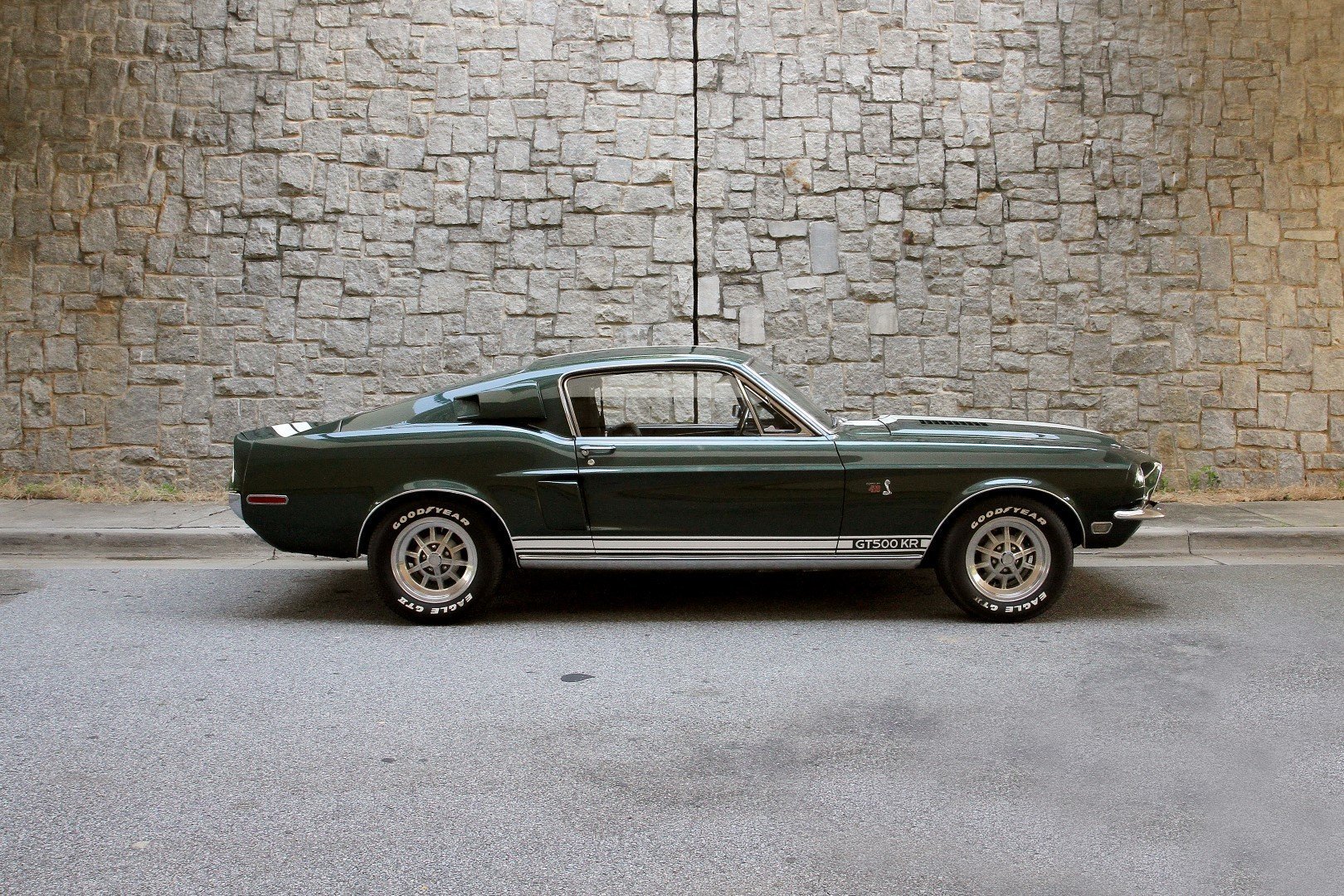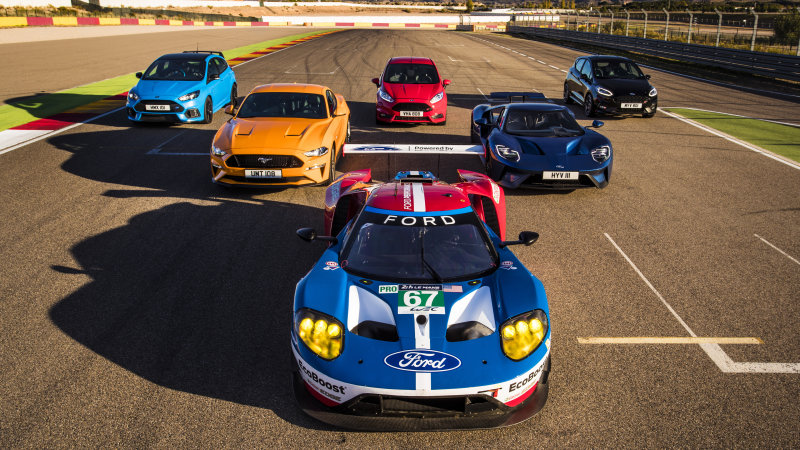The eight cars are the F-150 Raptor, the outgoing Ford Fiesta ST, the new Ford Fiesta ST, the Ford Focus RS, the Ford Mustang GT, the Shelby GT350, the Ford GT and the GT LM GTE-Pro race car. The race begins with a staggered start, beginning with the Raptor and ending with the GT LM GTE-Pro. It’s funny to watch the Raptor roll its way through the corners as the first Fiesta ST starts to close in on the rear. The end of the video was likely staged, but Ford did release all eight lap times.
New Mustang added to the MY2022 lineup
The Coastal Limited Edition
There will be a new special edition in 2022 based on the 310-turbocharged-horsepower Mustang EcoBoost Premium fastback and convertible model, called the Coastal Limited Edition, embodying freedom while keeping the traditional style alive.
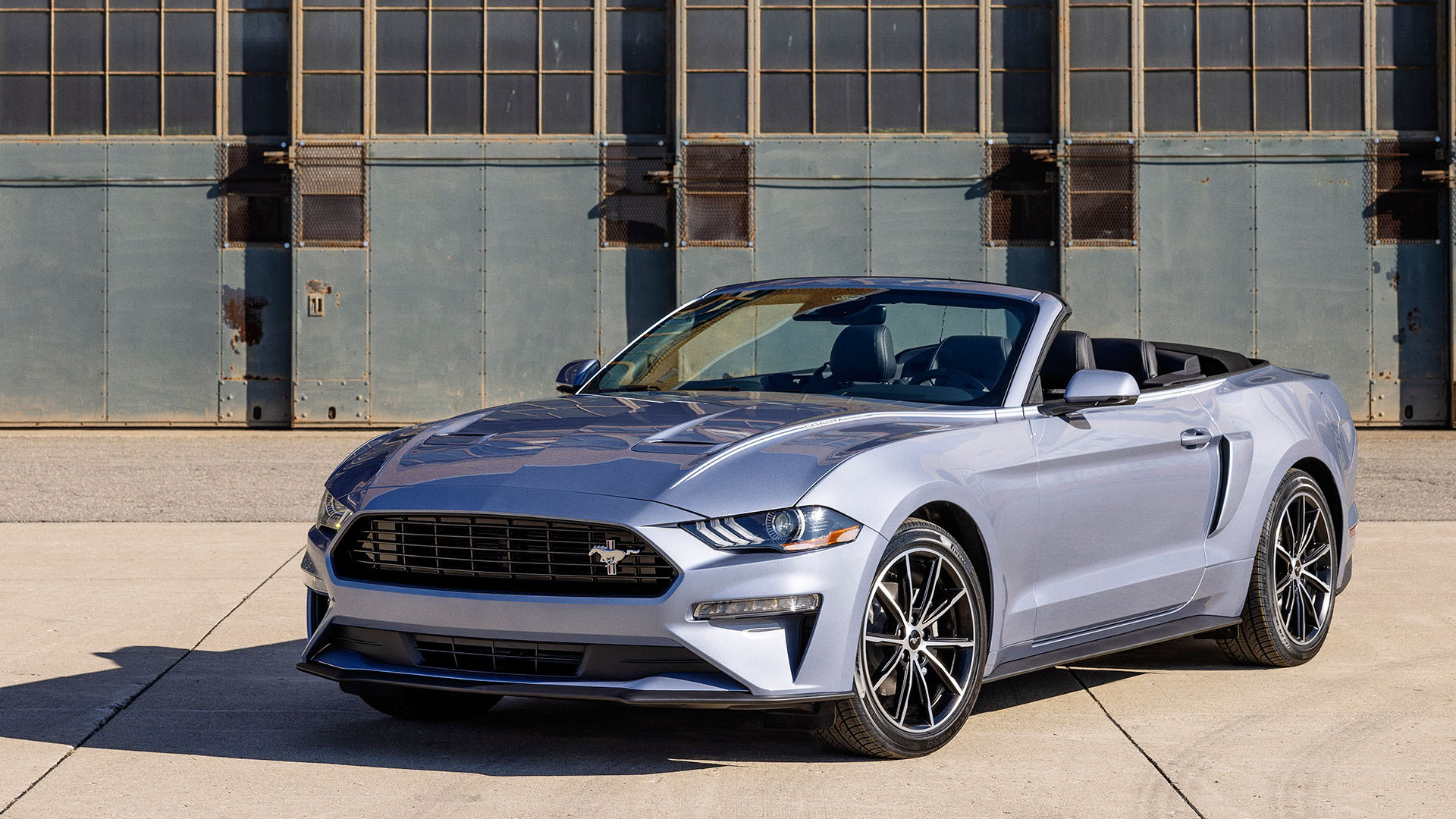

The optional ‘Coastal package’ comes with 19-inch machined-face aluminum wheels with dark-painted contrast, bespoke vinyl stripes along the side, and the engine hood. But also a signature Mustang rear fender side scoop, while a black grille makes her look more intimidating, a rear spoiler. When you open the doors a special ‘Coastal’ lighted sill plate is shown, while a special ‘Coastal’ badge is fitted on the dashboard in front of the passenger.
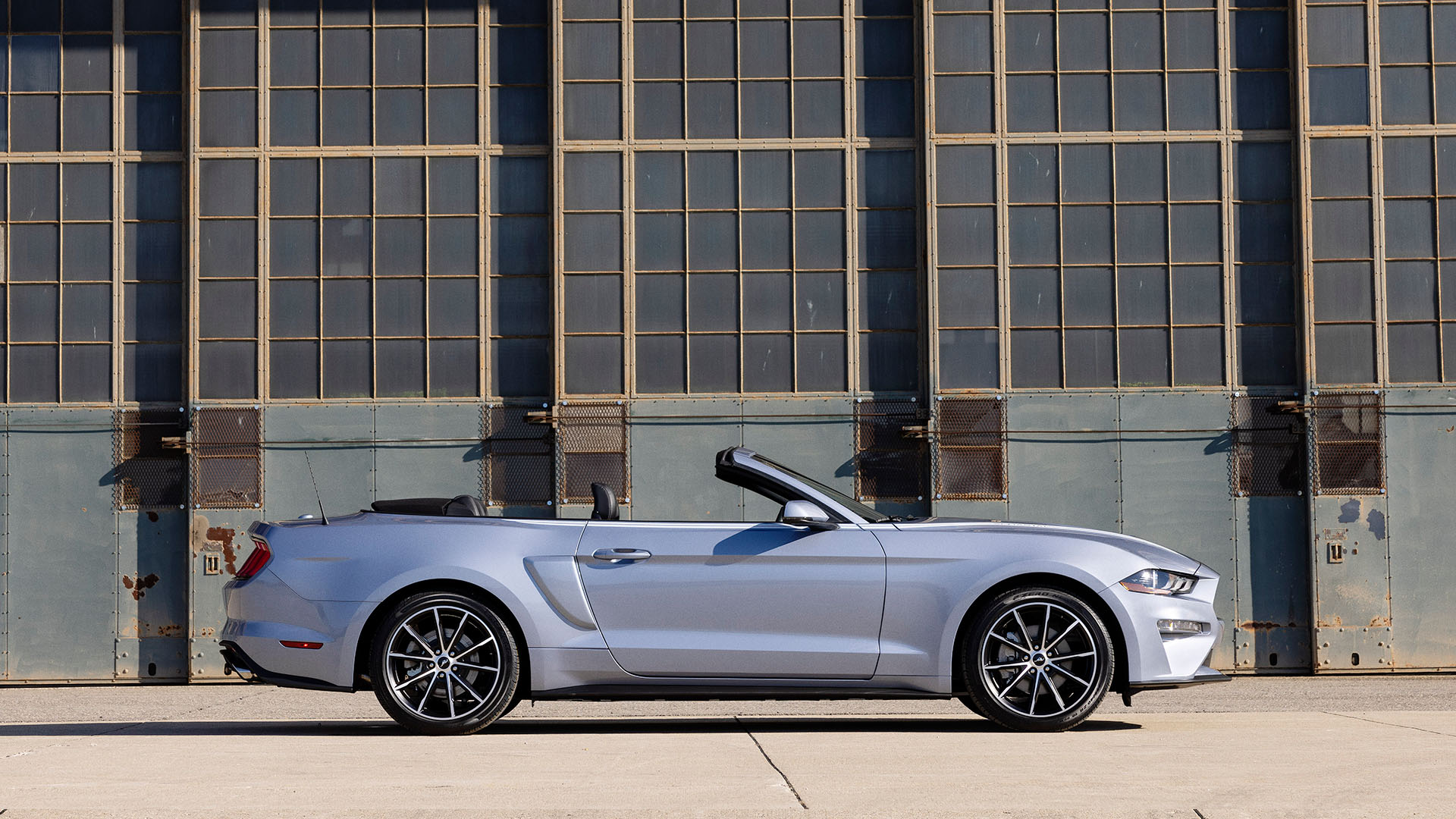

While the 2022 Mustang EcoBoost Premium comes with a U.S. MSRP of $32,225 before destination charges, the Coastal Limited Edition option adds $1,995 to the order sheet, but this option will limit the number of available exterior paints to Brittany Blue, Cyber Orange, and Rapid Red, with first deliveries intended for the Spring of 2022.
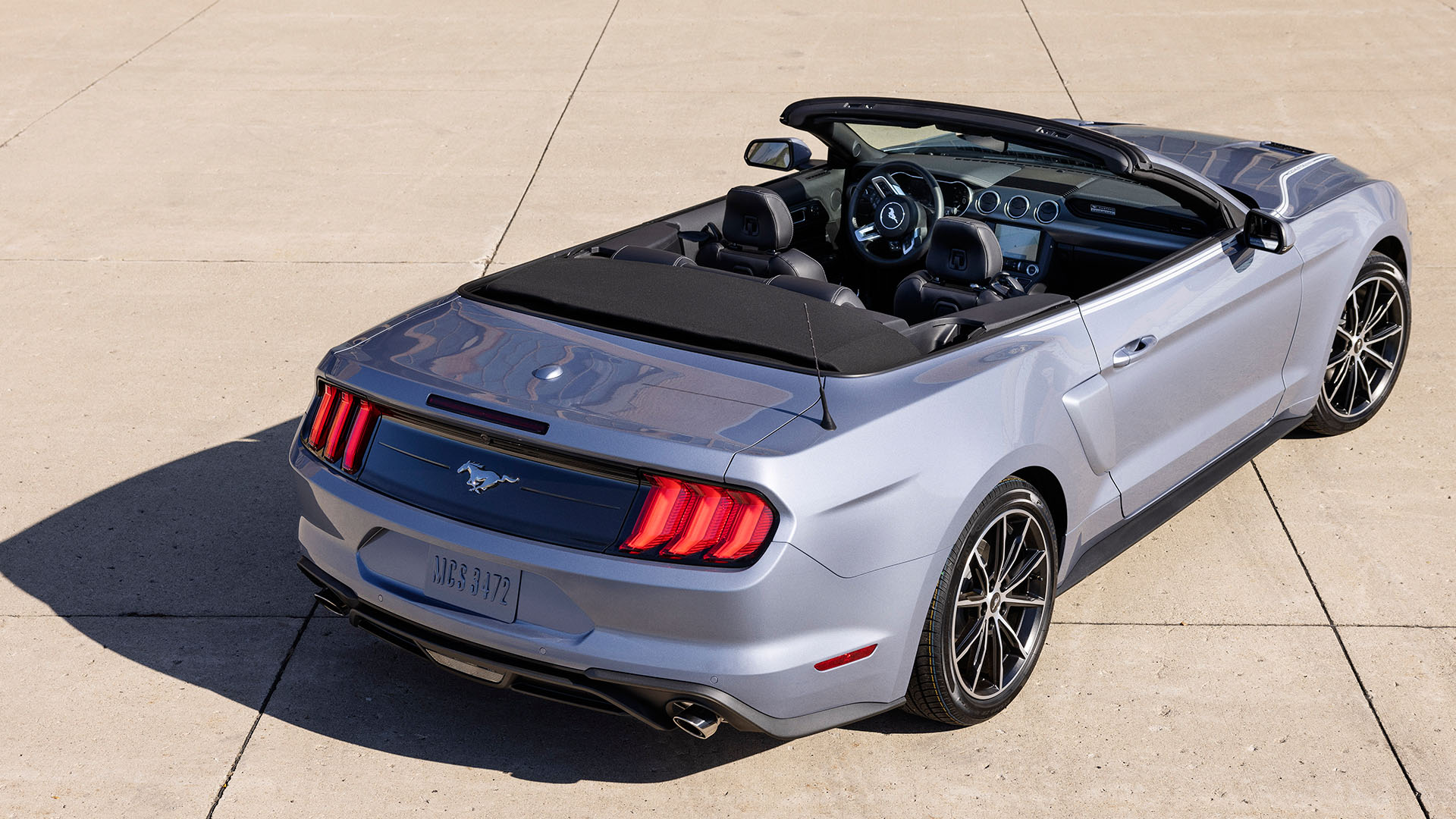

Code Orange now available exclusively on Shelby GT500
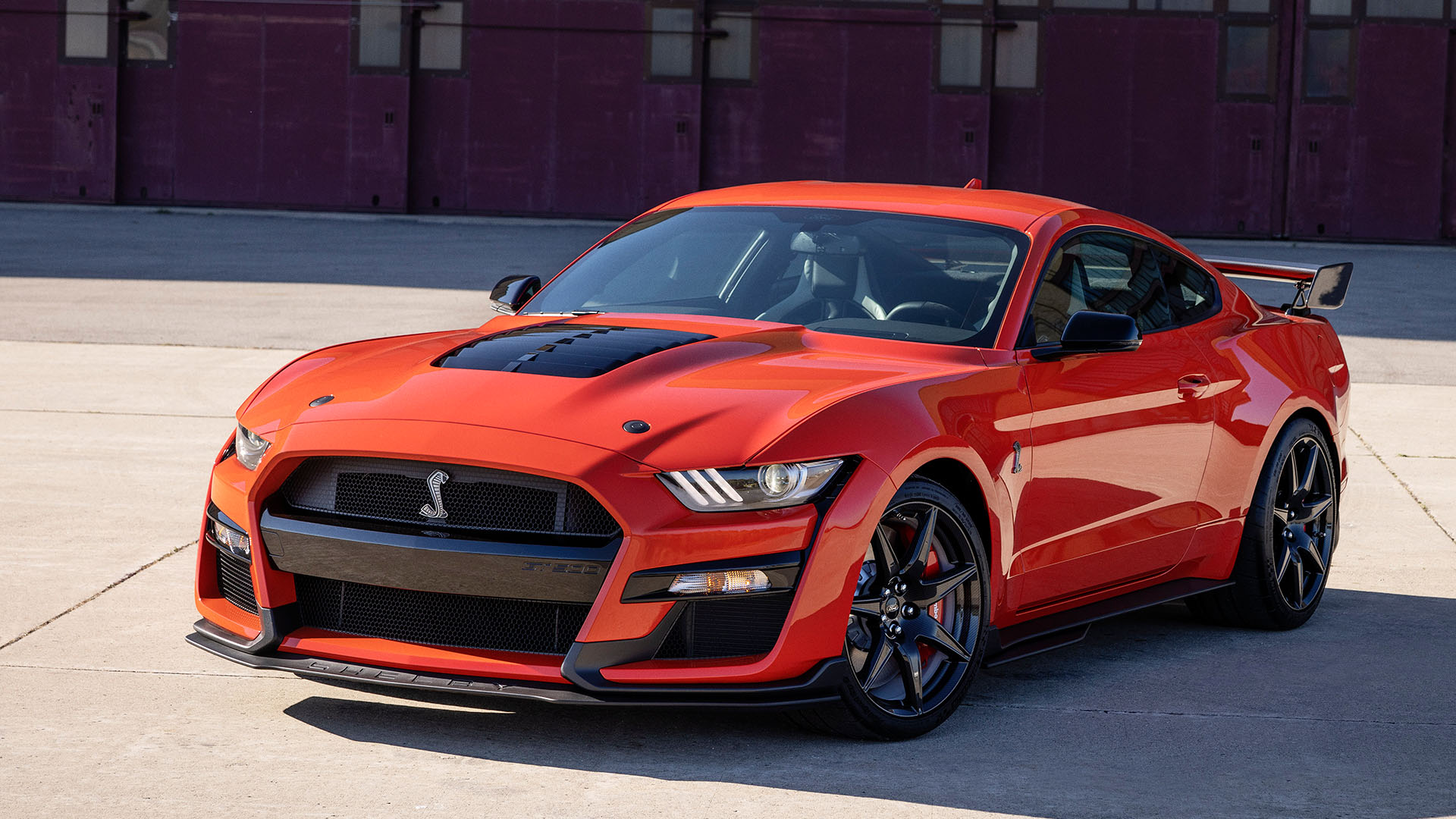

This very bright color, called Code Orange is an exclusive Ford Performance paint color that was previously available on the Ford F-150 Raptor, the Bronco Raptor, and the impressive Ford GT Le Mans-winning supercar, and it now comes to the Shelby GT500.
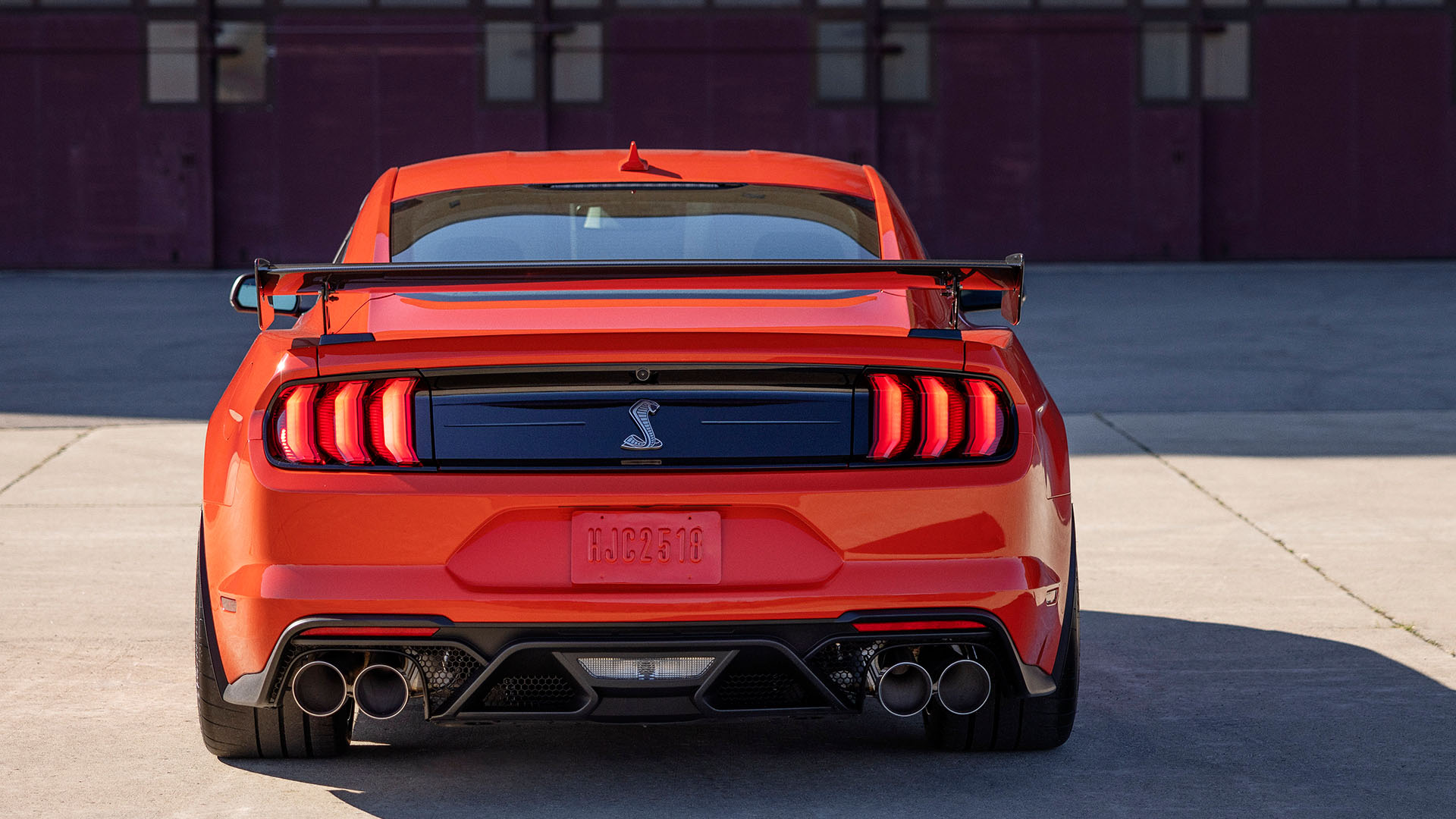

With the addition of Code Orange, the color palette for the 2022 Ford Mustang grows to nine shades: Atlas Blue Metallic, Brittany Blue Metallic (available on GT500 Heritage and Coastal Editions only), Cyber Orange Metallic Tri-Coat, Dark Matter Gray Metallic, Eruption Green Metallic, Grabber Blue Metallic, and Mischievous Purple Metallic.
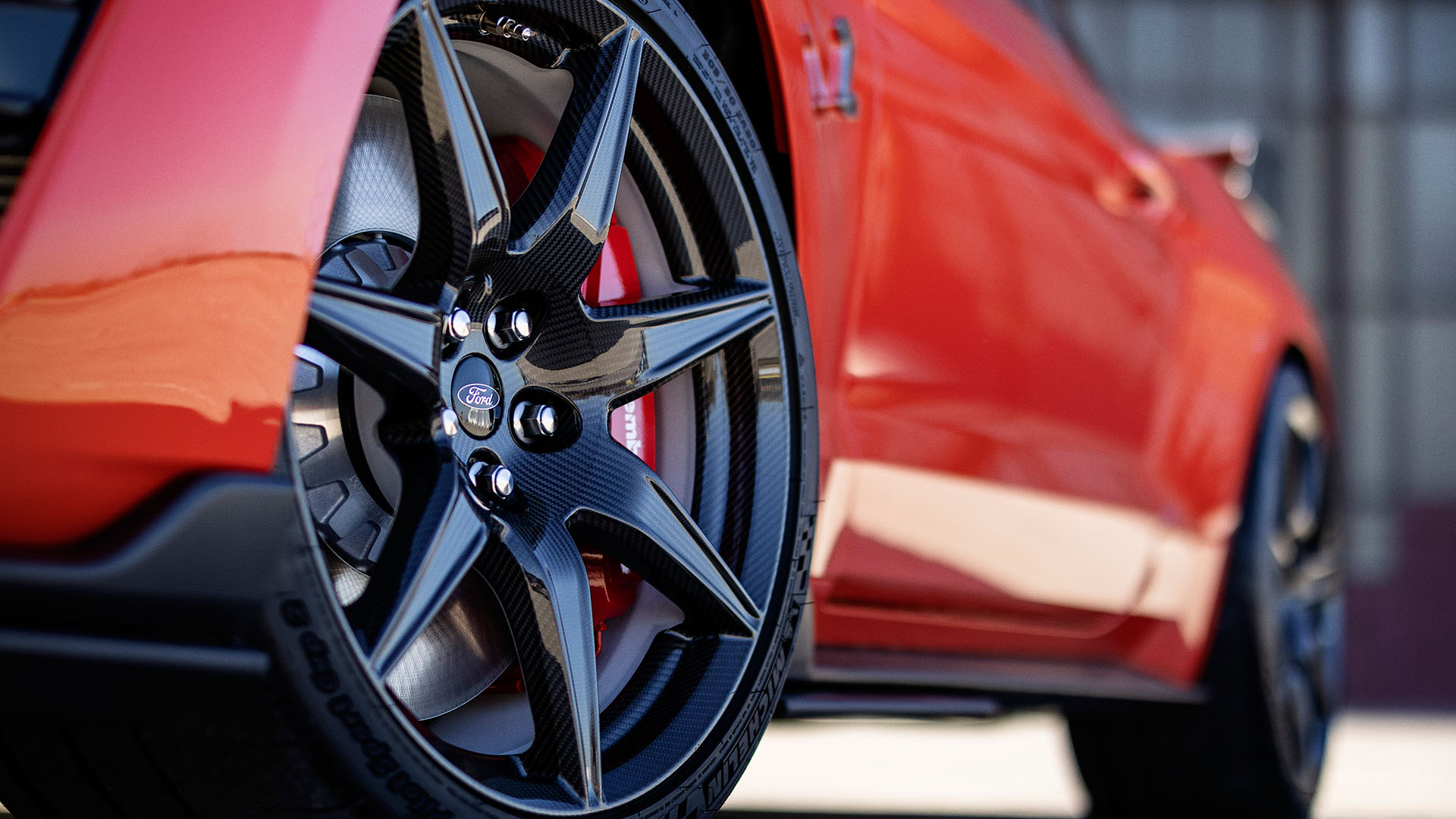

The Shelby GT500 Heritage Edition
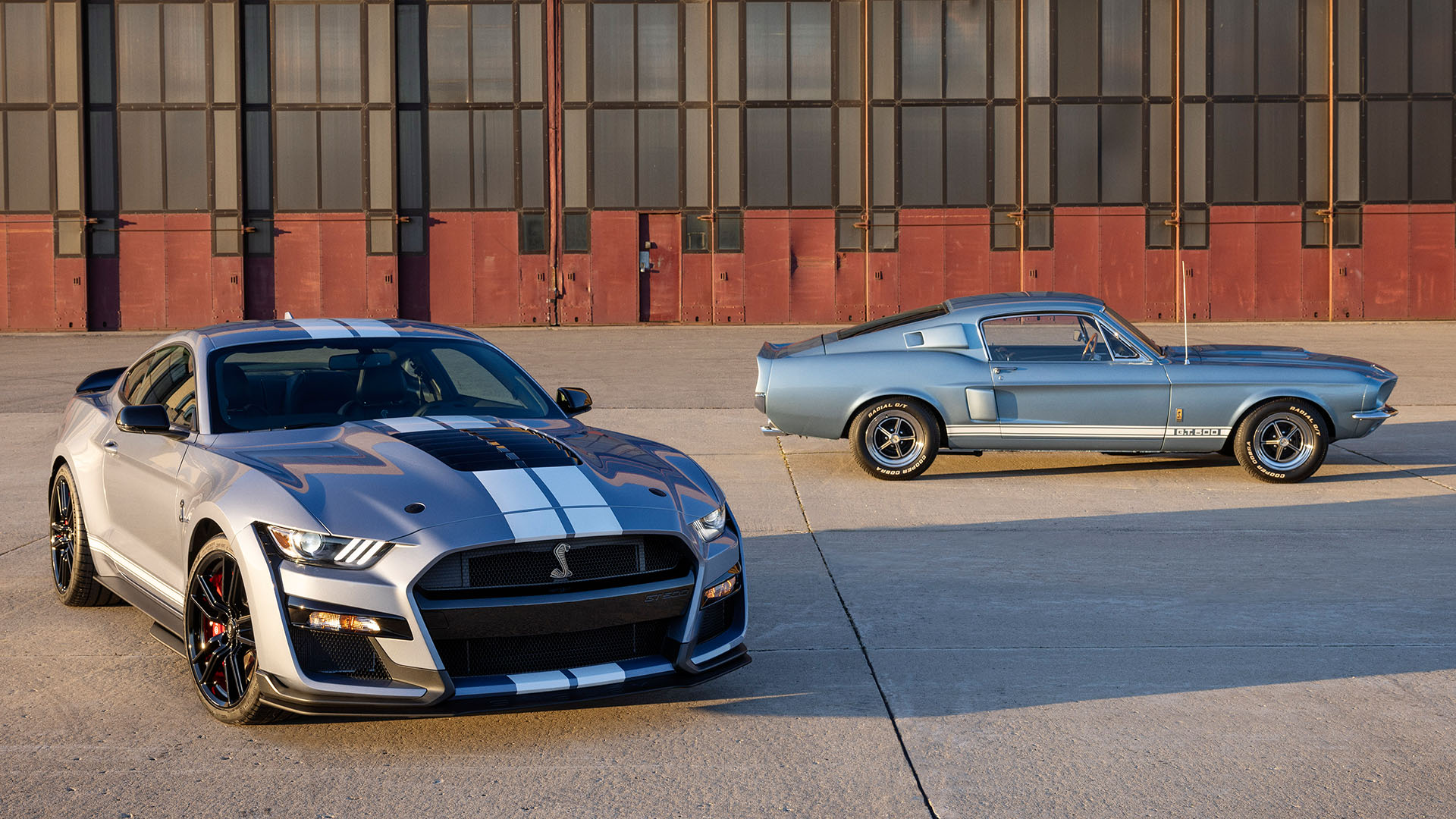

There has been a Shelby GT500 back in 1967 already, and these are widely regarded as the top of the line when it comes to performance in the Ford Mustang range, building on the impressive legacy of Carroll Shelby, the GT500 is all about transforming a Ford Mustang into a street-legal racecar.
Back in 1967 Carroll Shelby, the famous American racer upgraded his legendary Mustang GT350 into the first-generation Shelby GT500 with a modified 428-cubic-inch V8 inspired by his team’s 1-2-3 finish at Le Mans, he called the Shelby GT500 “the first real car I’m really proud of.” And that feeling is still alive today, the Shelby GT500 is just as iconic today, being the most powerful and most advanced Mustang ever, just as it was 55 years ago when the first iteration was made.
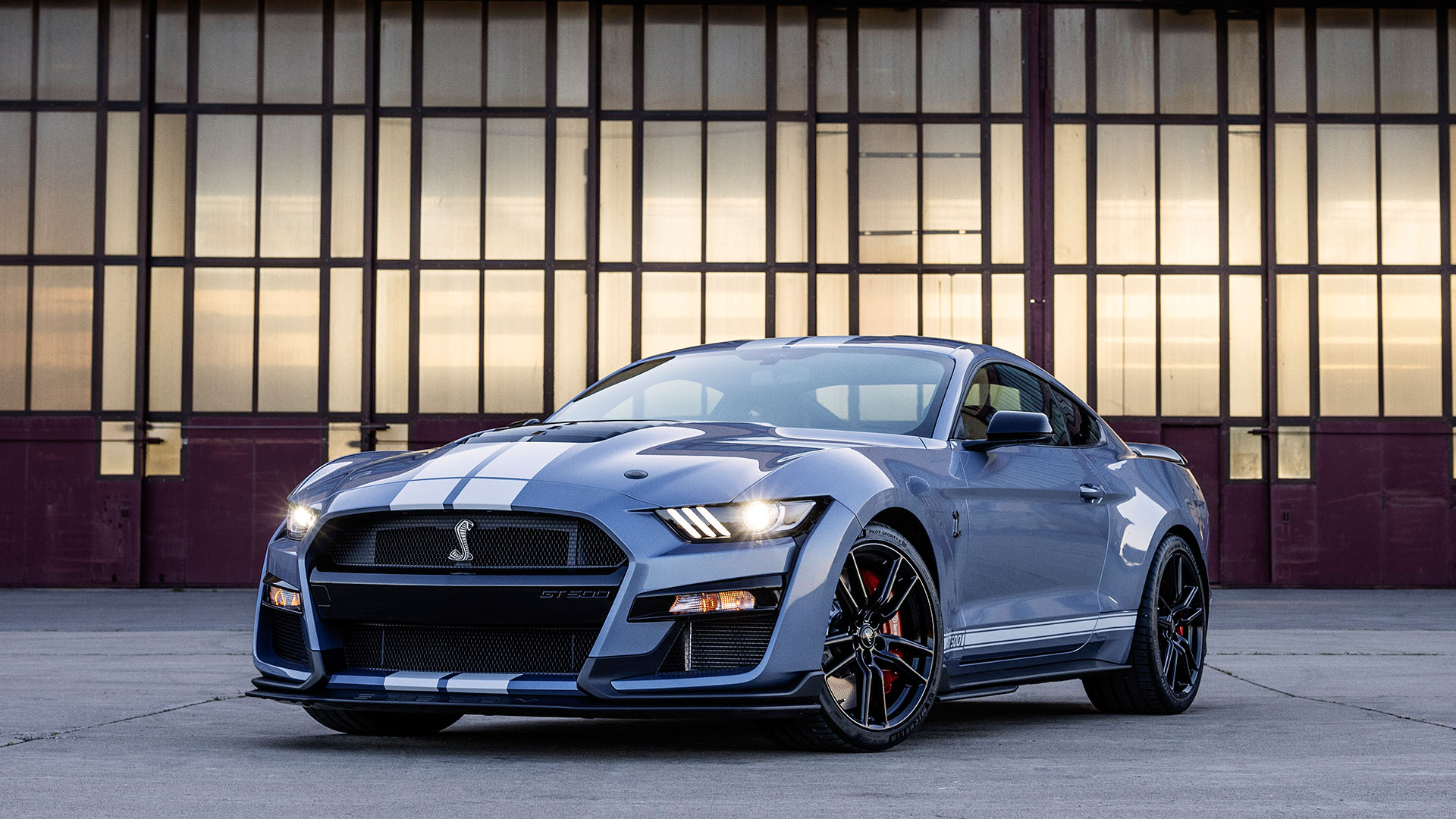

The 2022 Mustang Shelby GT500 Heritage Edition is an homage to the 1967 model, only available as a fastback body style, and made in limited numbers, all of them finished in the exclusive Brittany Blue combined with two different Wimbledon White exterior stripe options, either painted or vinyl, whichever you prefer.
This 2022 evolution is Ford Performance most powerful street-legal Ford ever, with world-class muscle and powertrain technology that brings the Shelby GT500 Heritage Edition into the roam of supercar performance, the impressive 7-speed DCT is backed up by race-derived control strategies and multiple driving modes to offer an unforgettable experience to the driver.
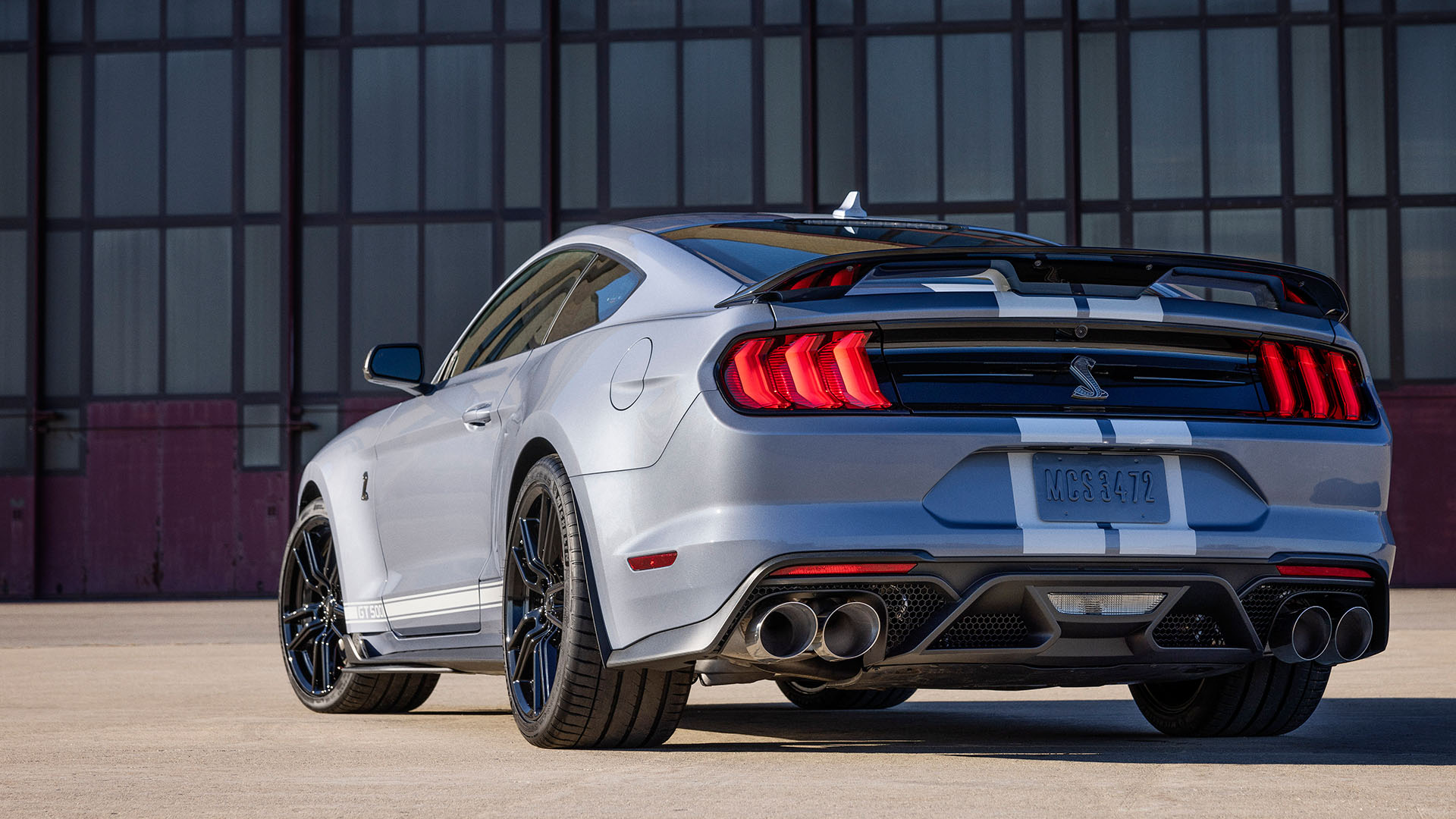

A standard 2022 Mustang Shelby GT500 comes with a U.S. MSRP of $72,900, but that does not include the $1,195 destination fee, nor the $2,600 Gas Guzzler Tax, but you really want to add the Shelby GT500 Heritage Edition package for just $2,140 more. However, if you insist on having the hand-painted stripes on the GT500 Heritage Edition package the additional cost rises to $12,140 on top of the Shelby GT500’s base U.S. MSRP.


